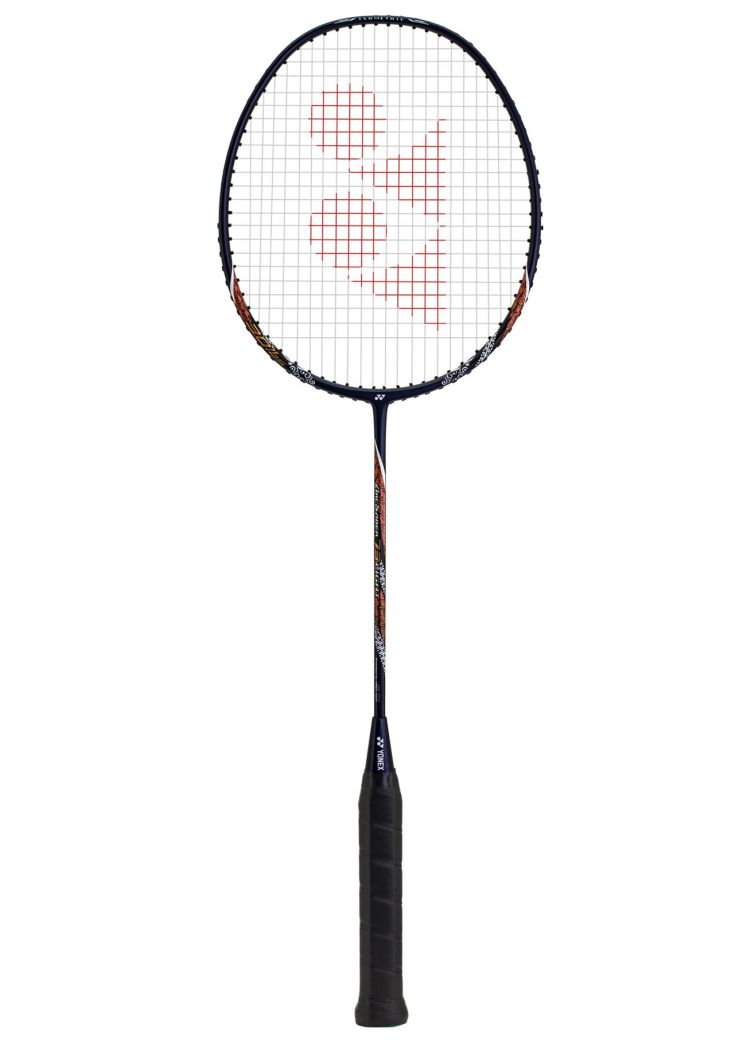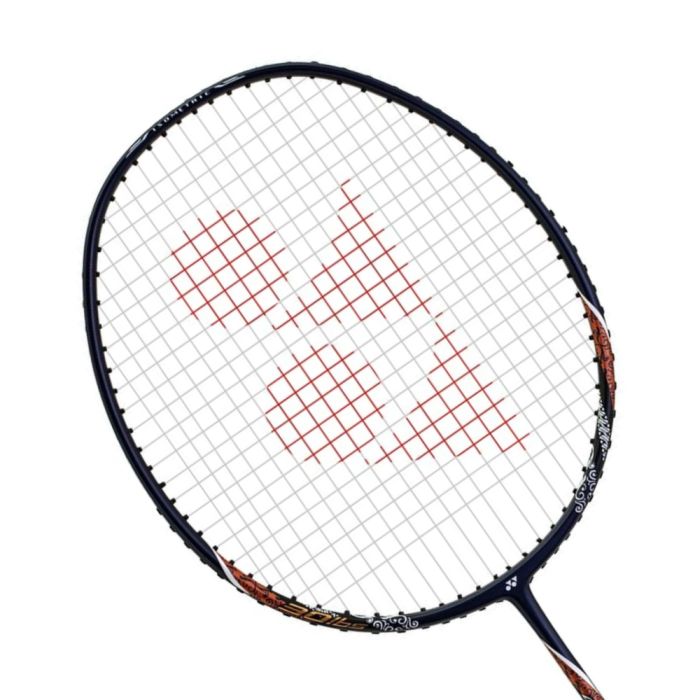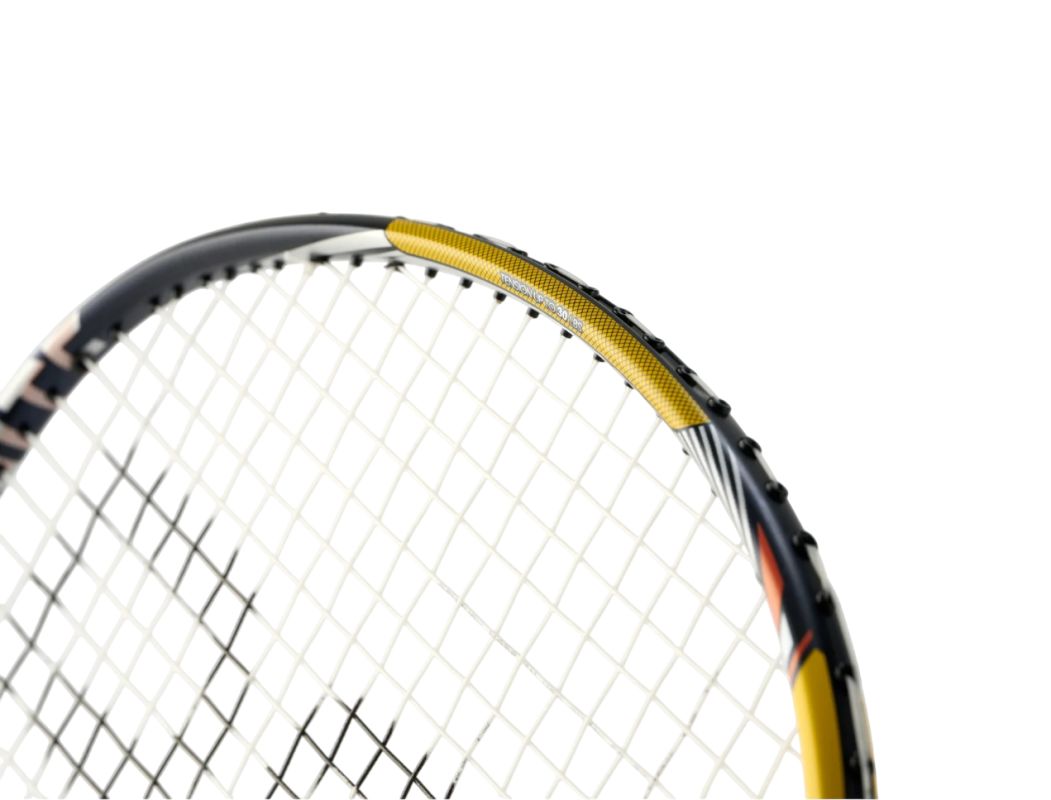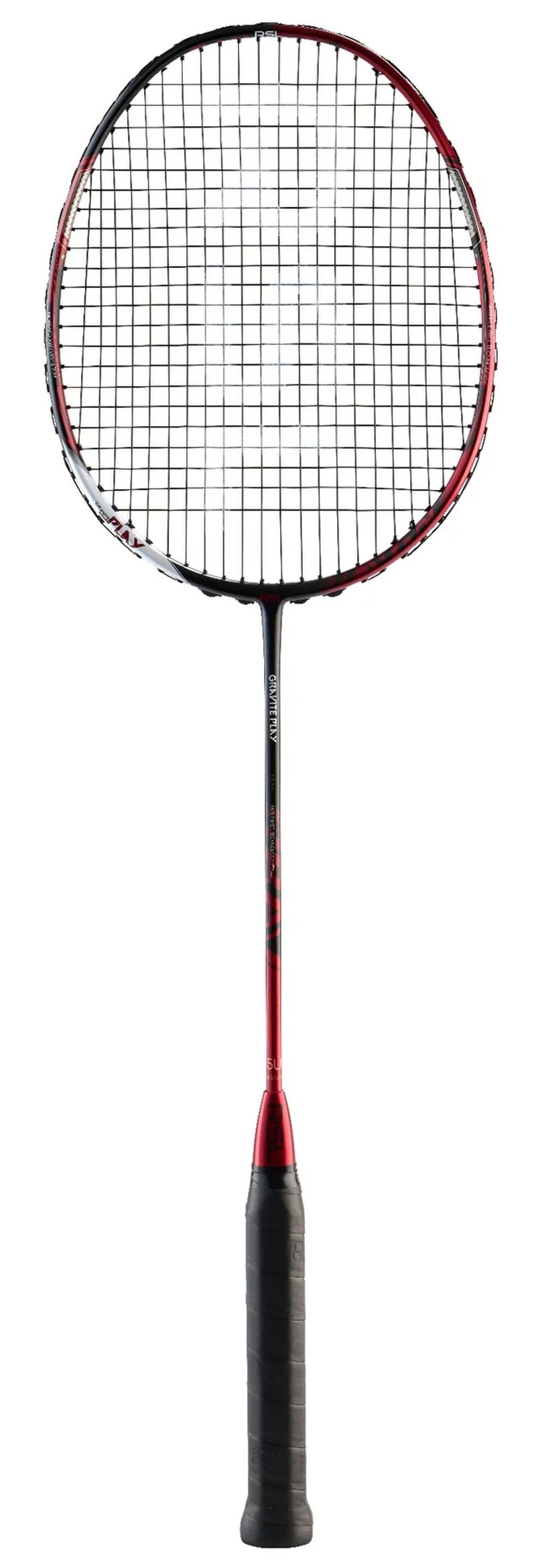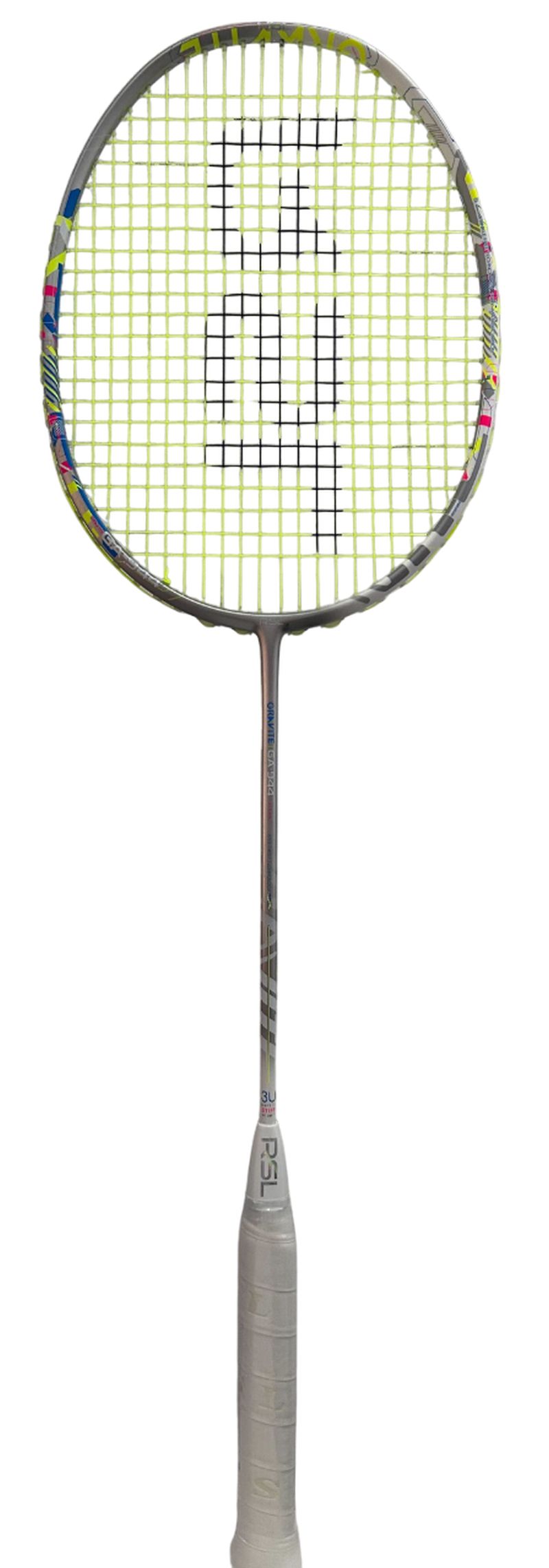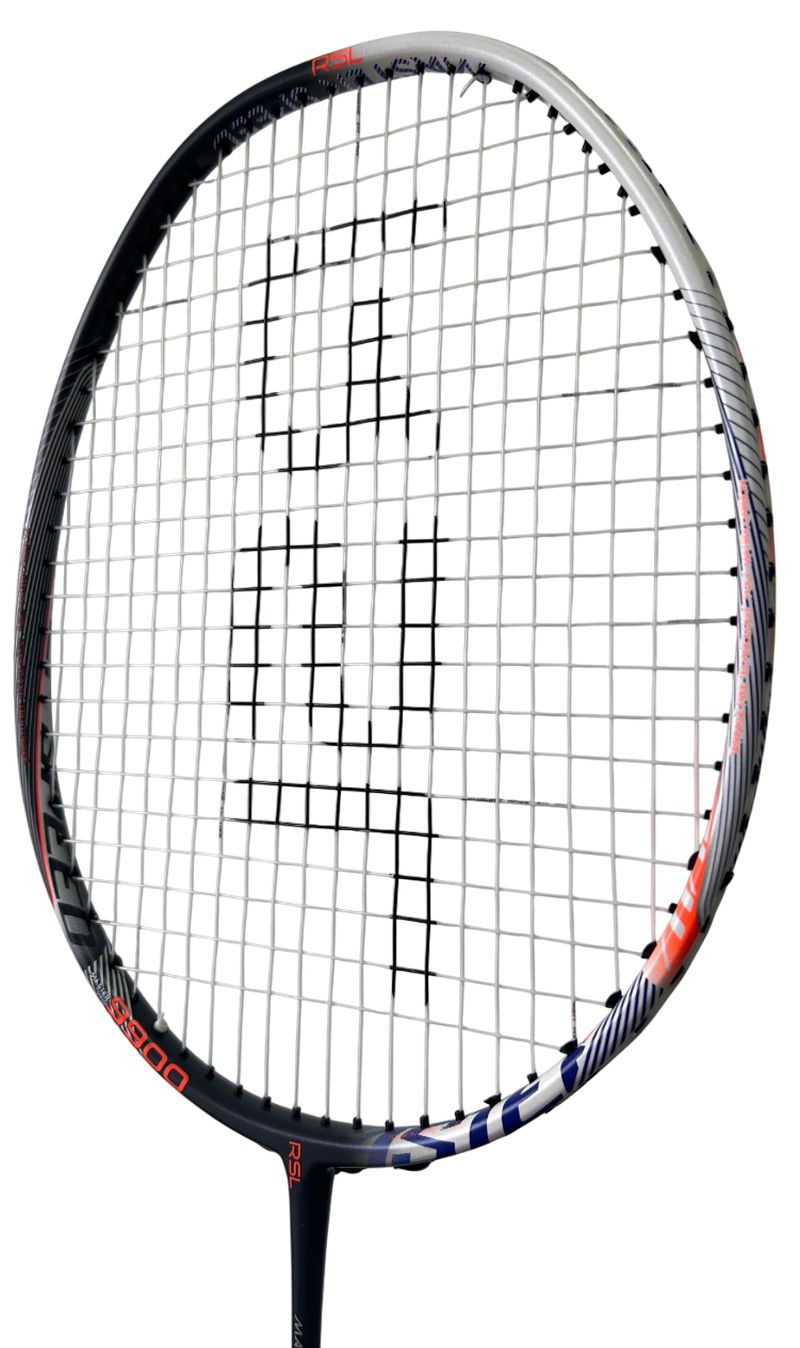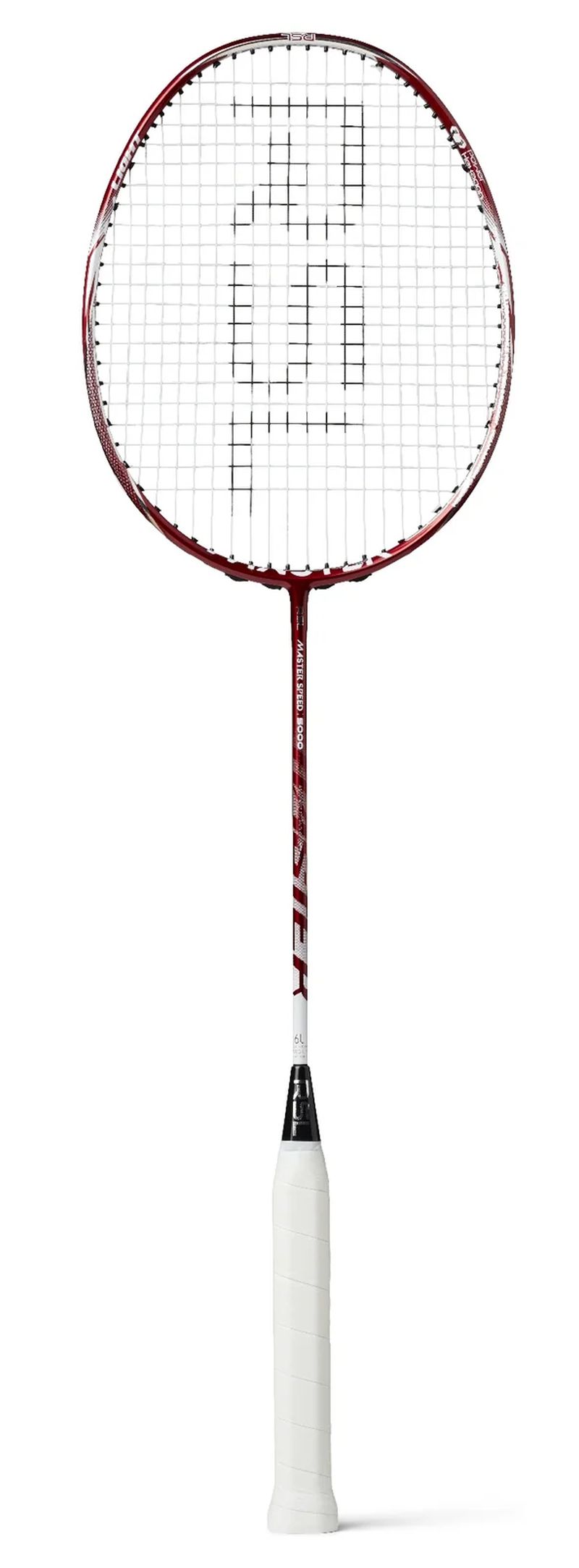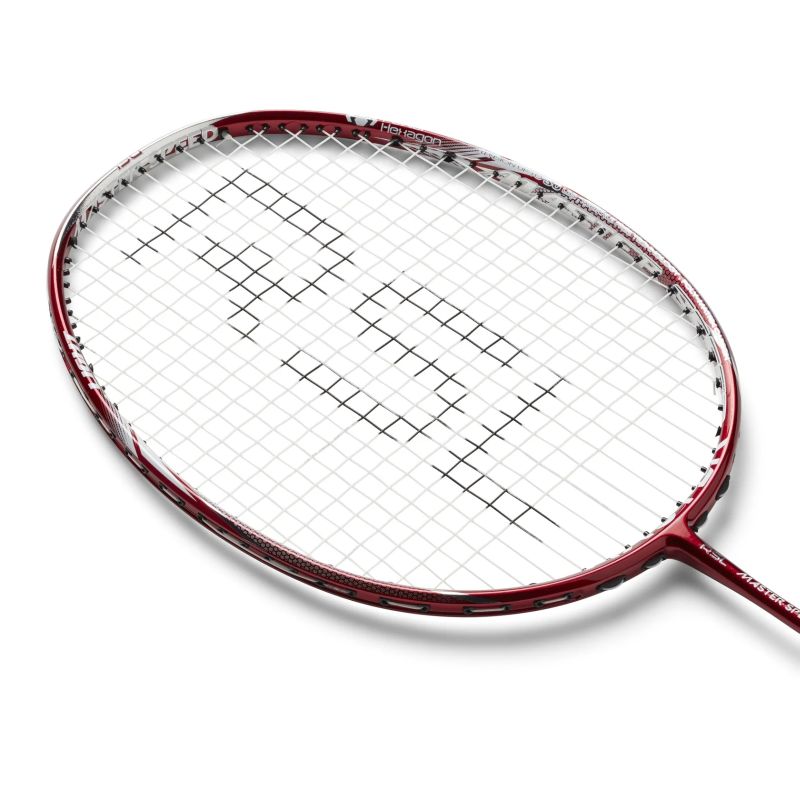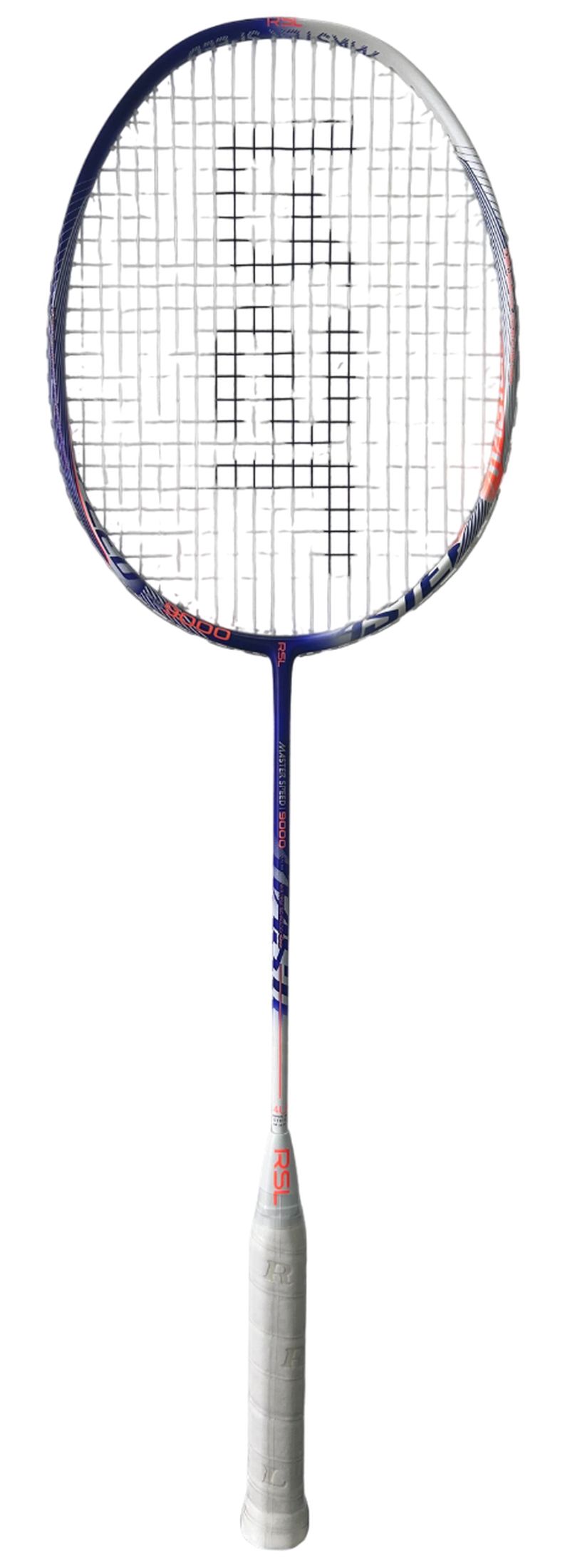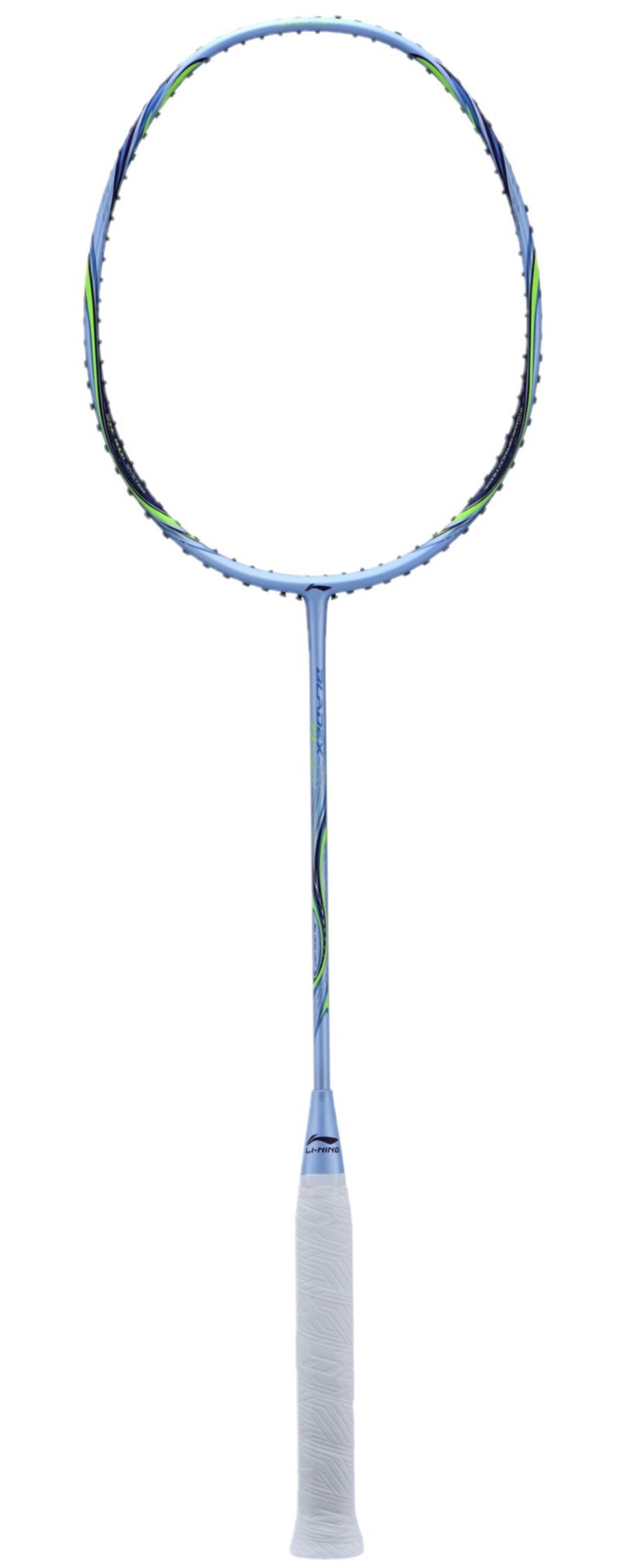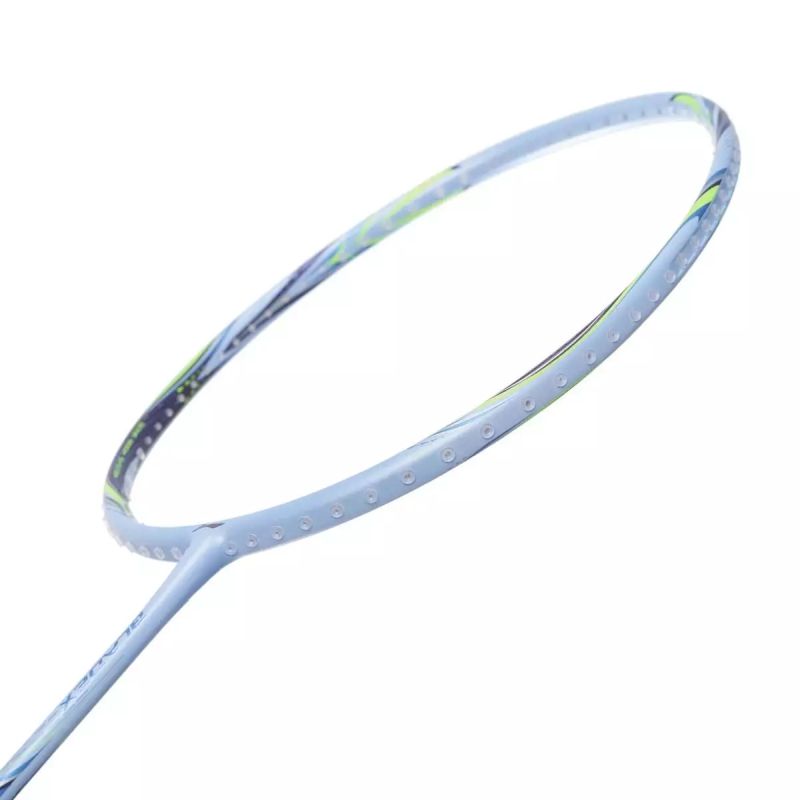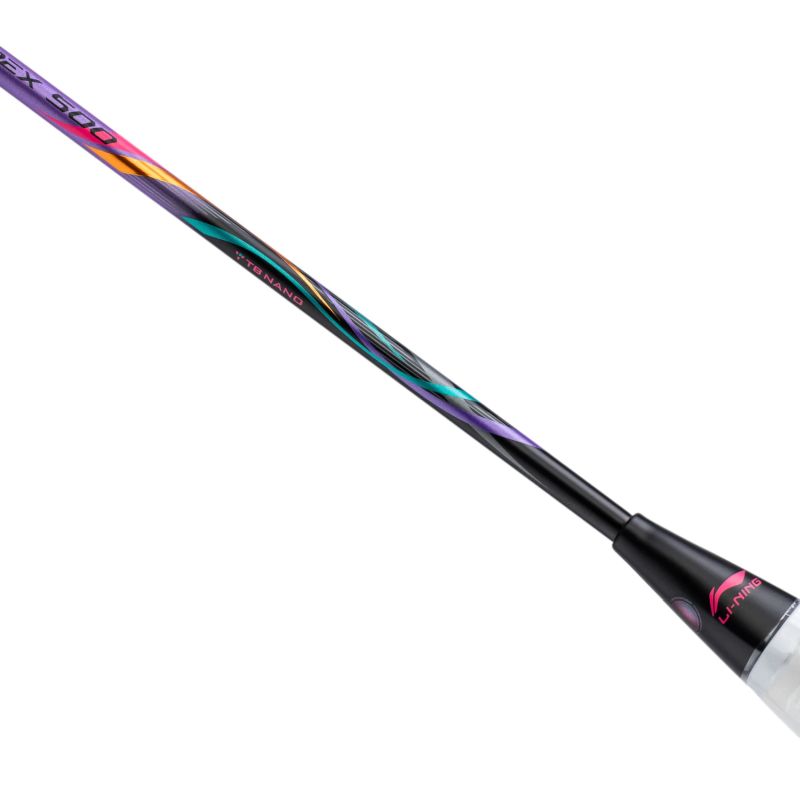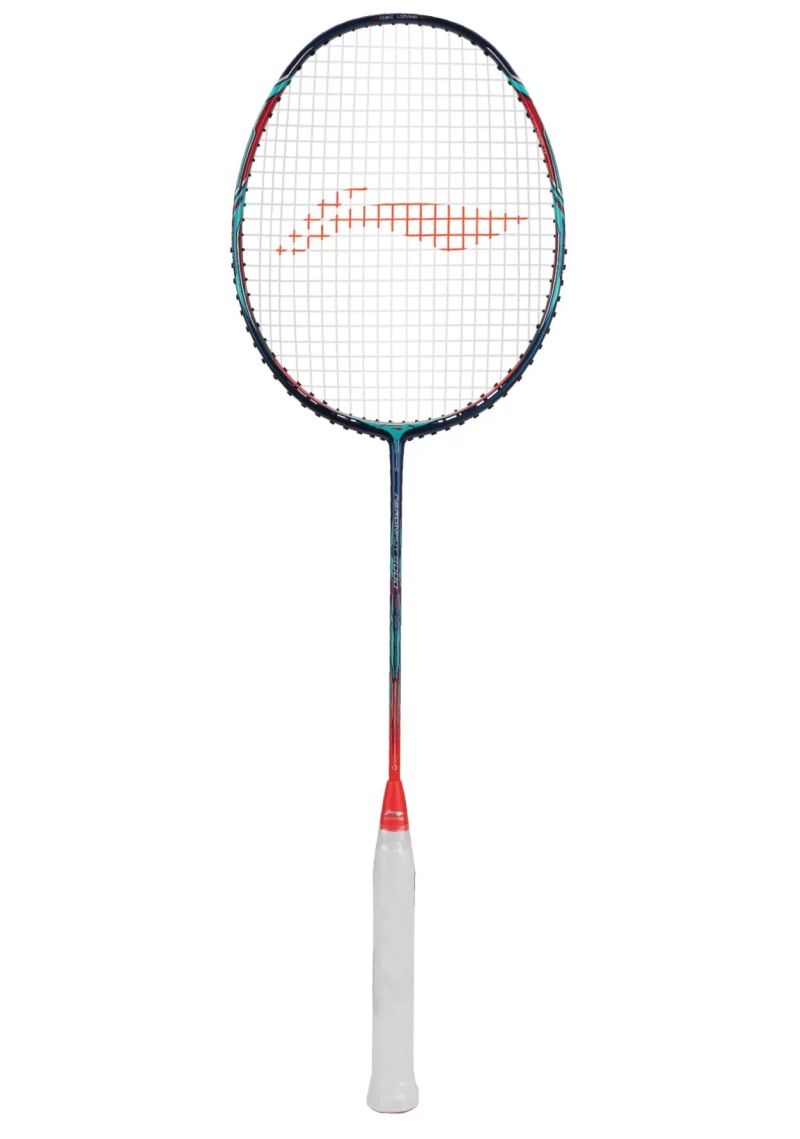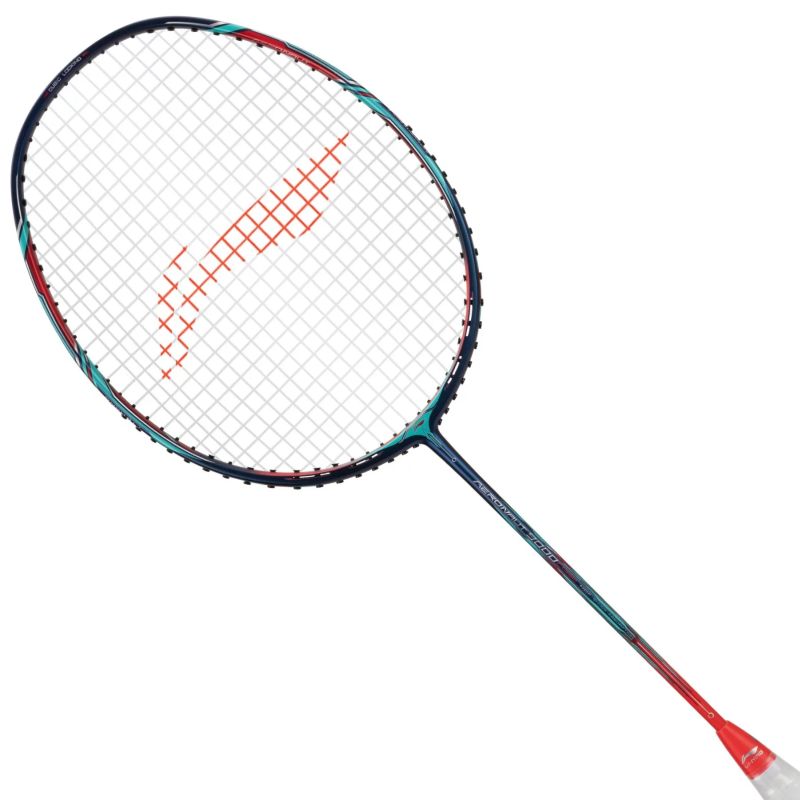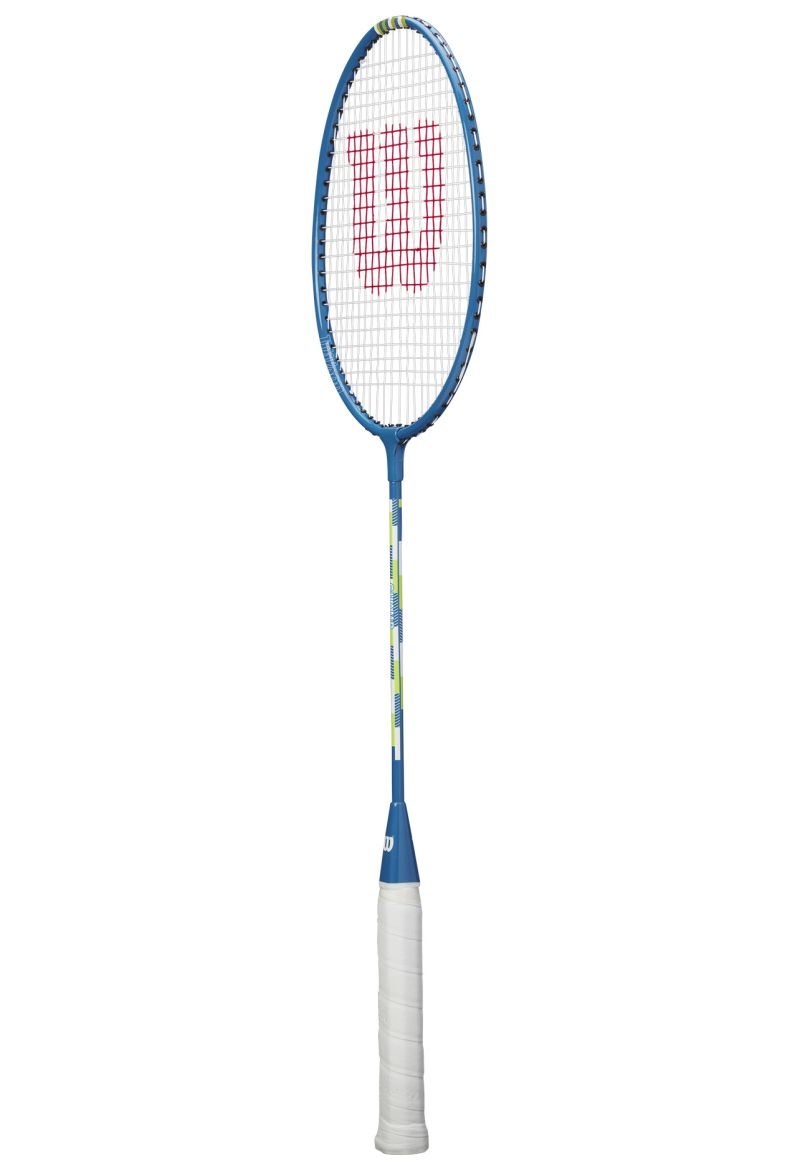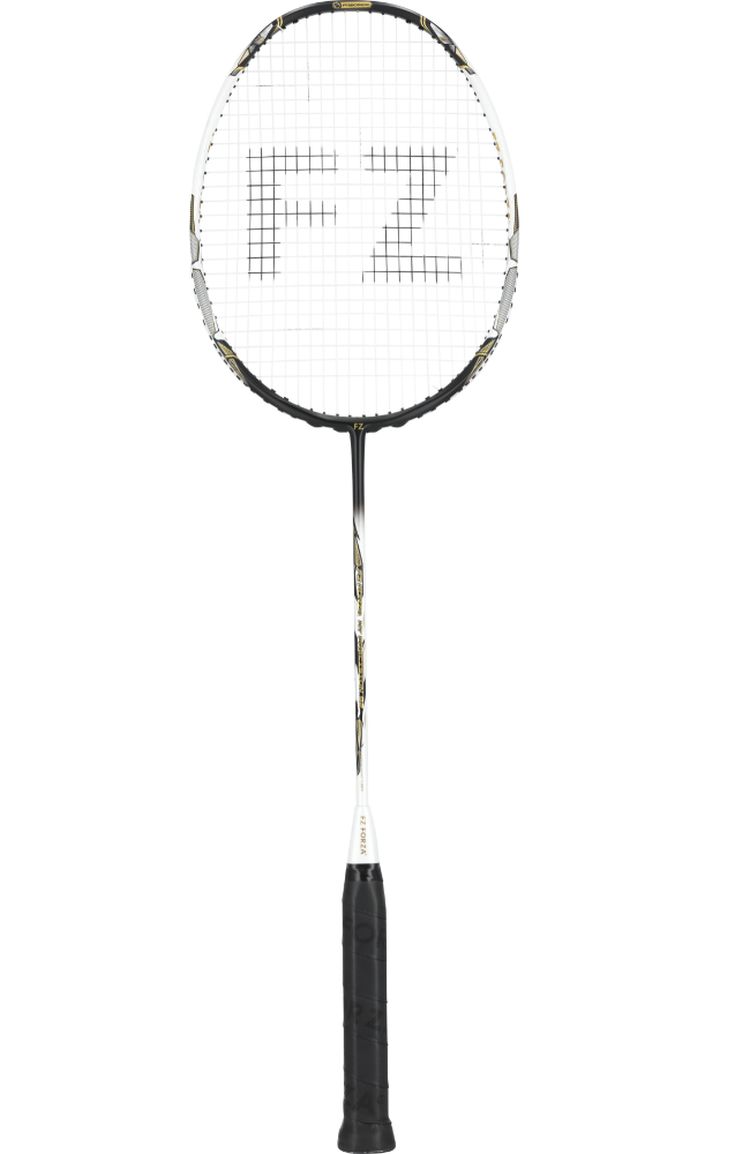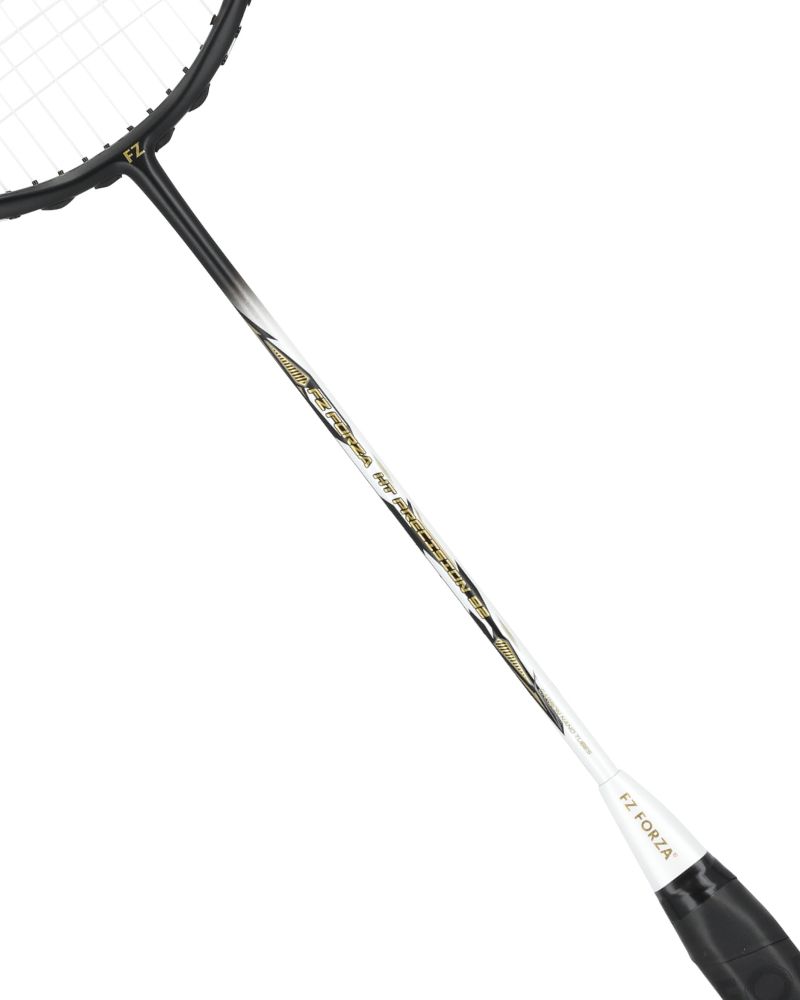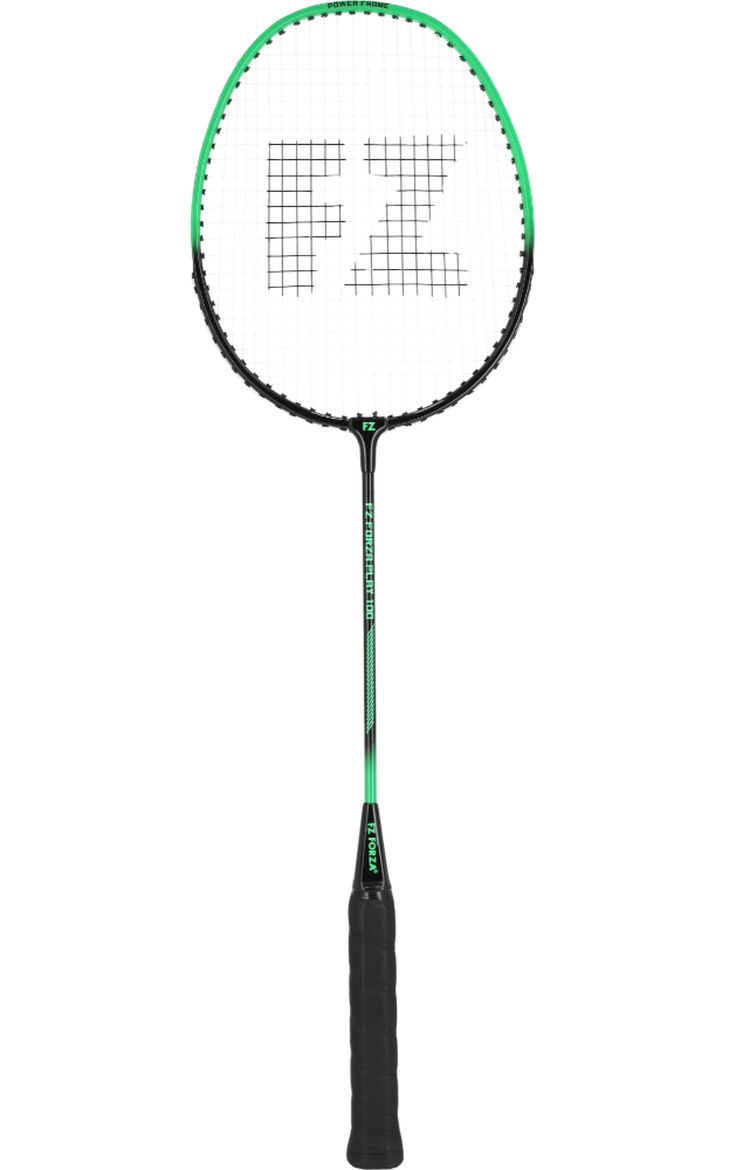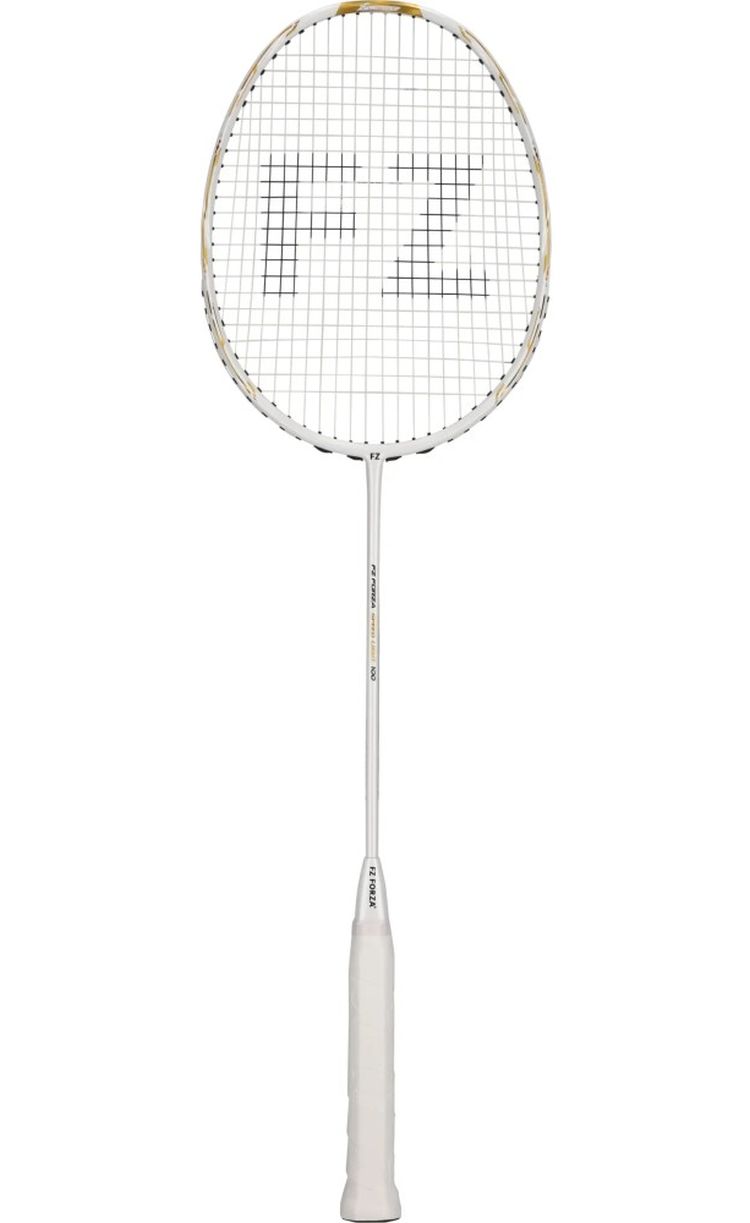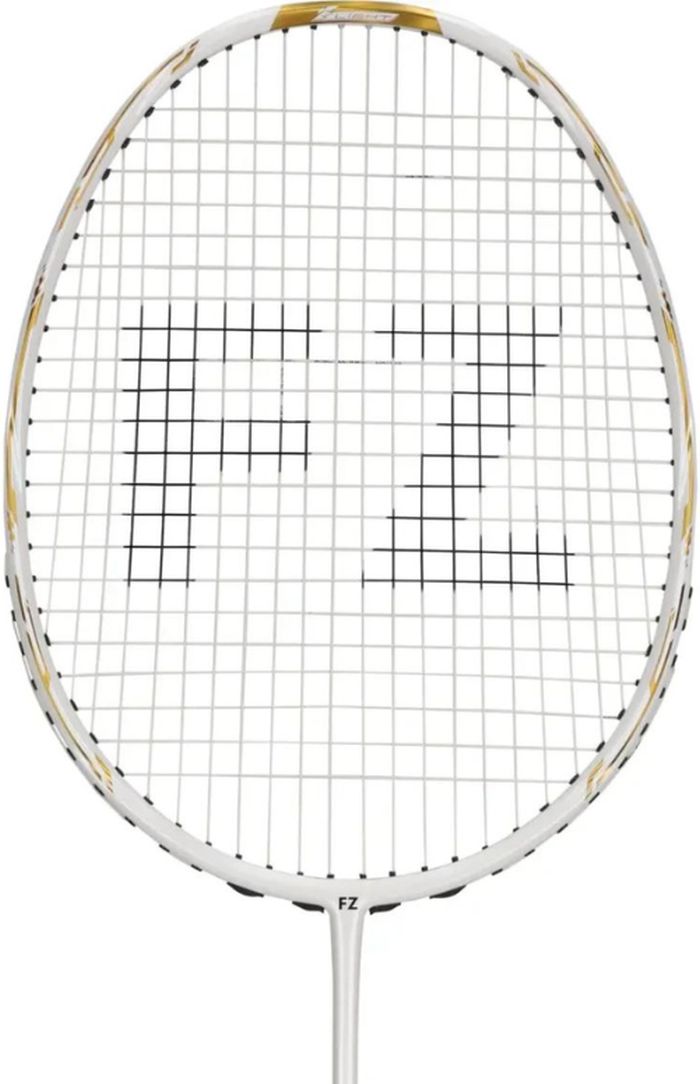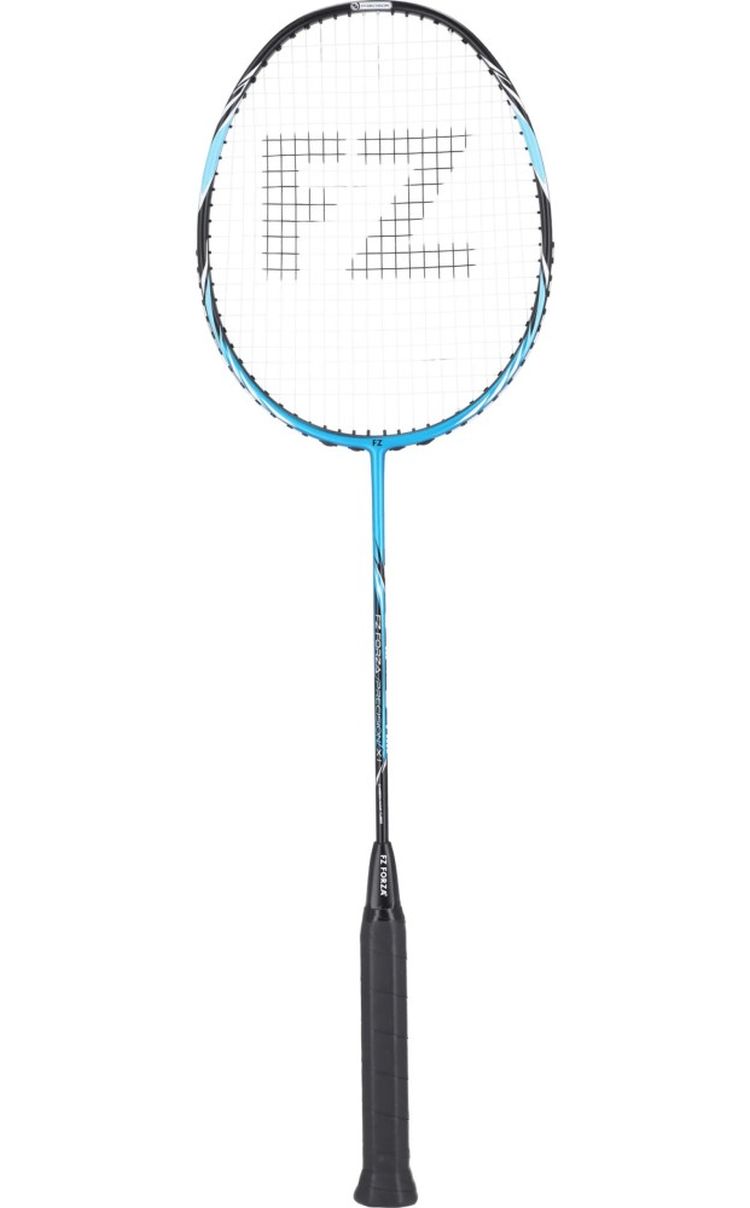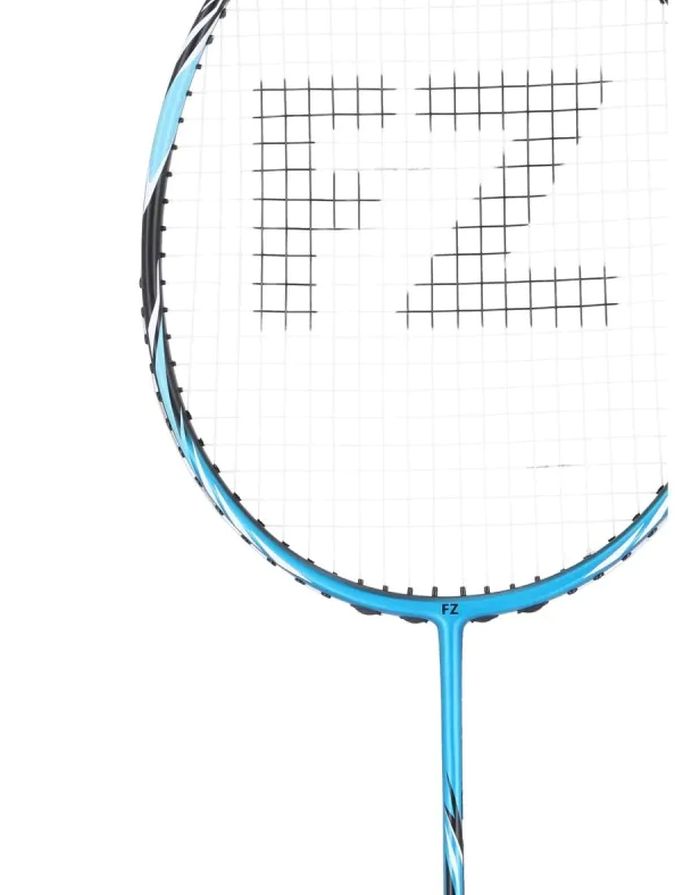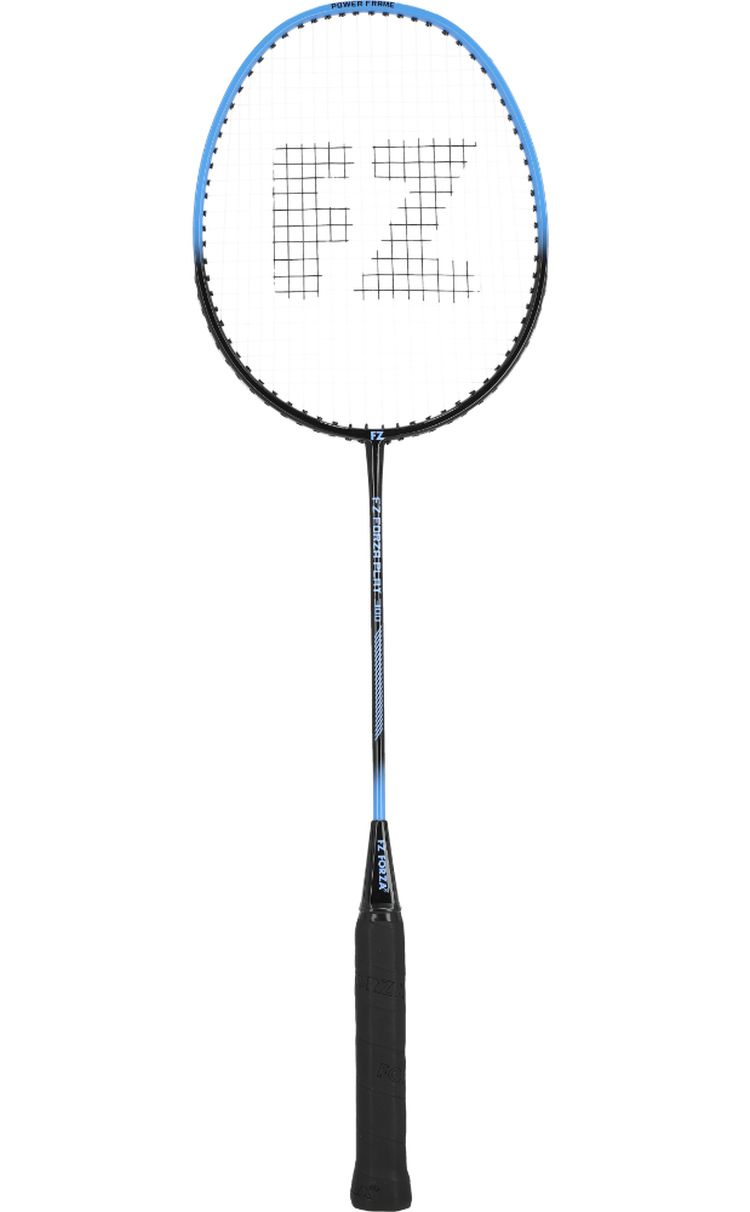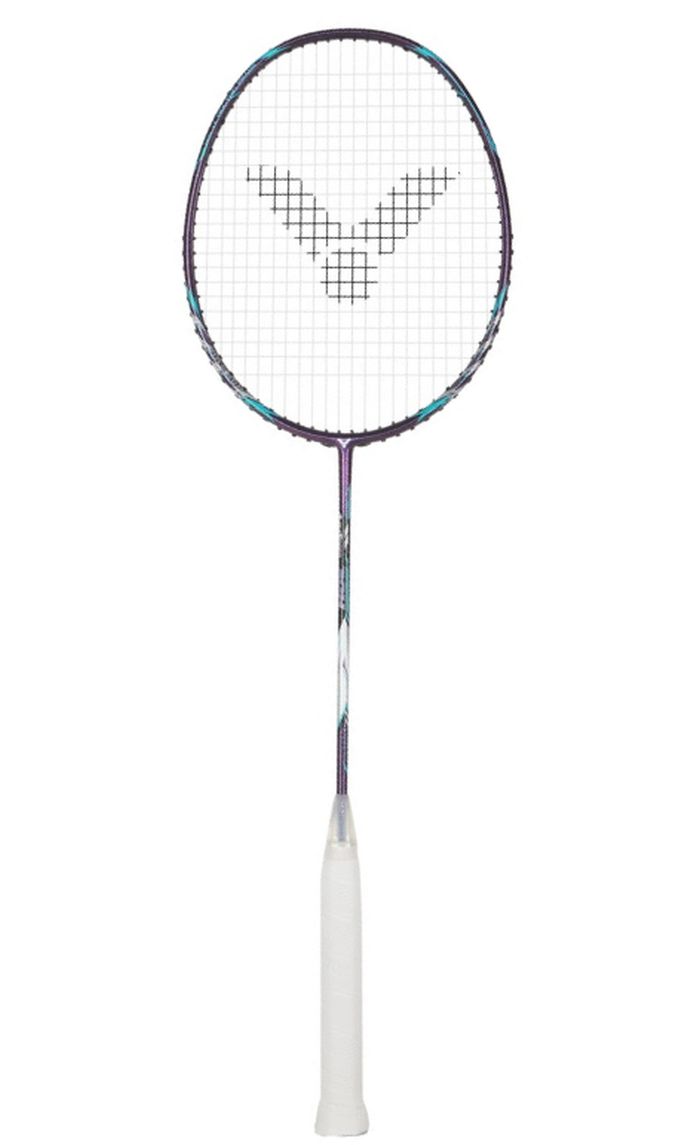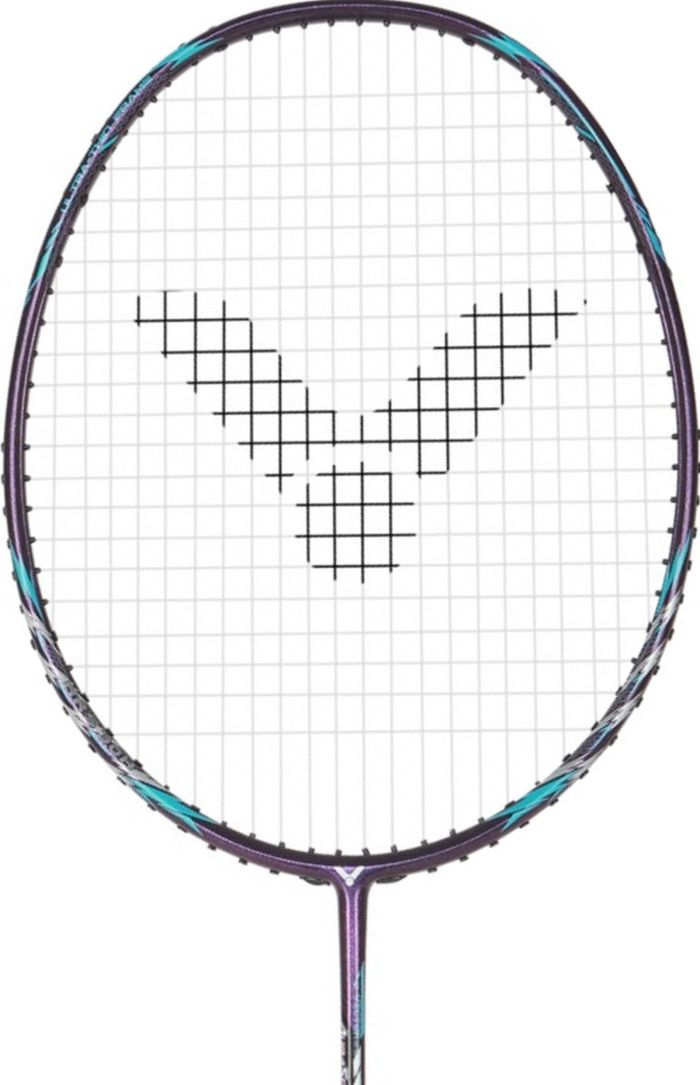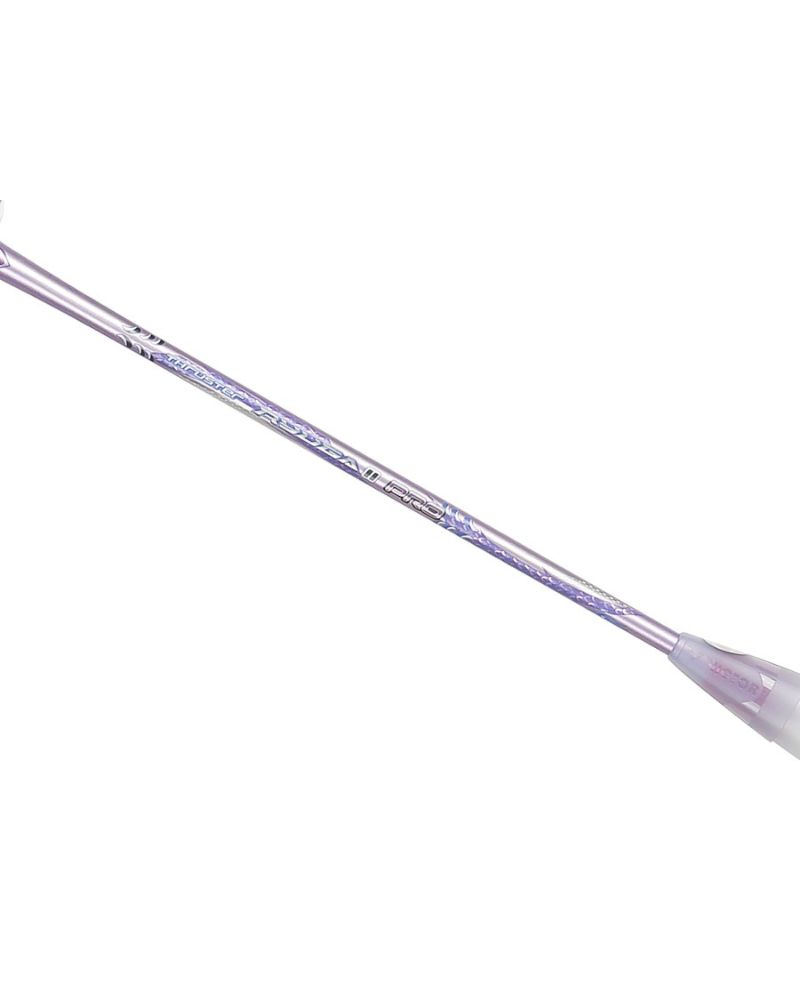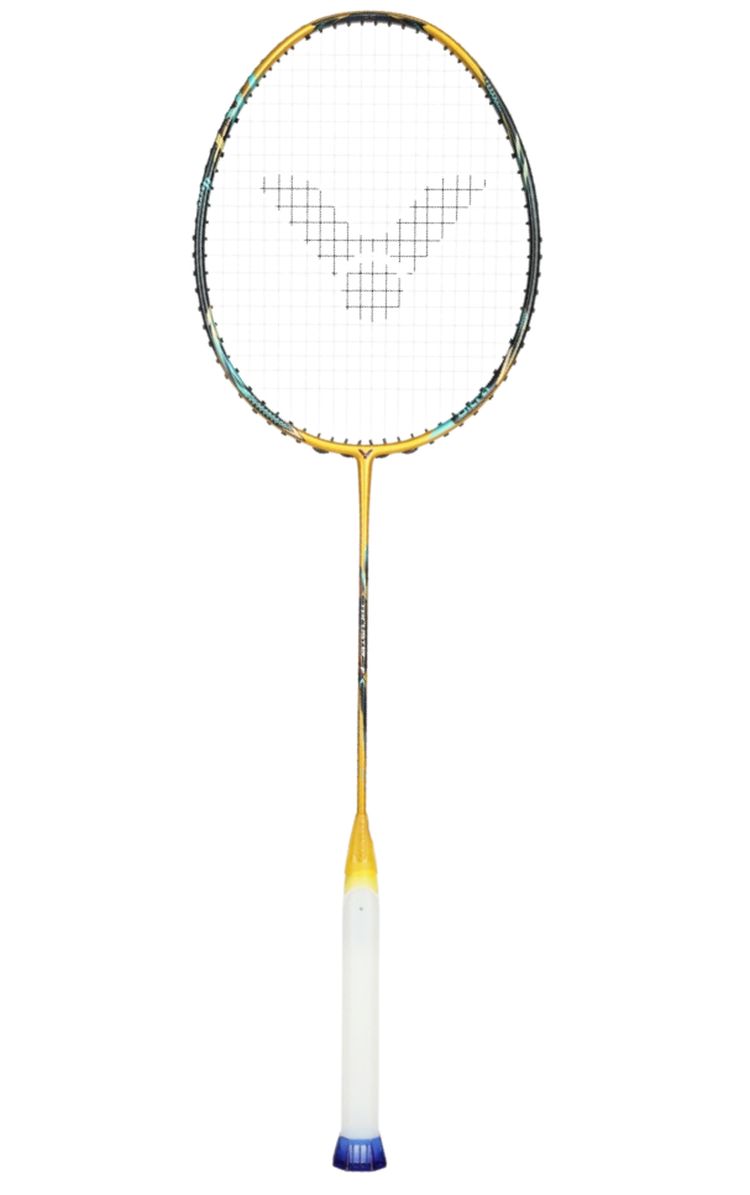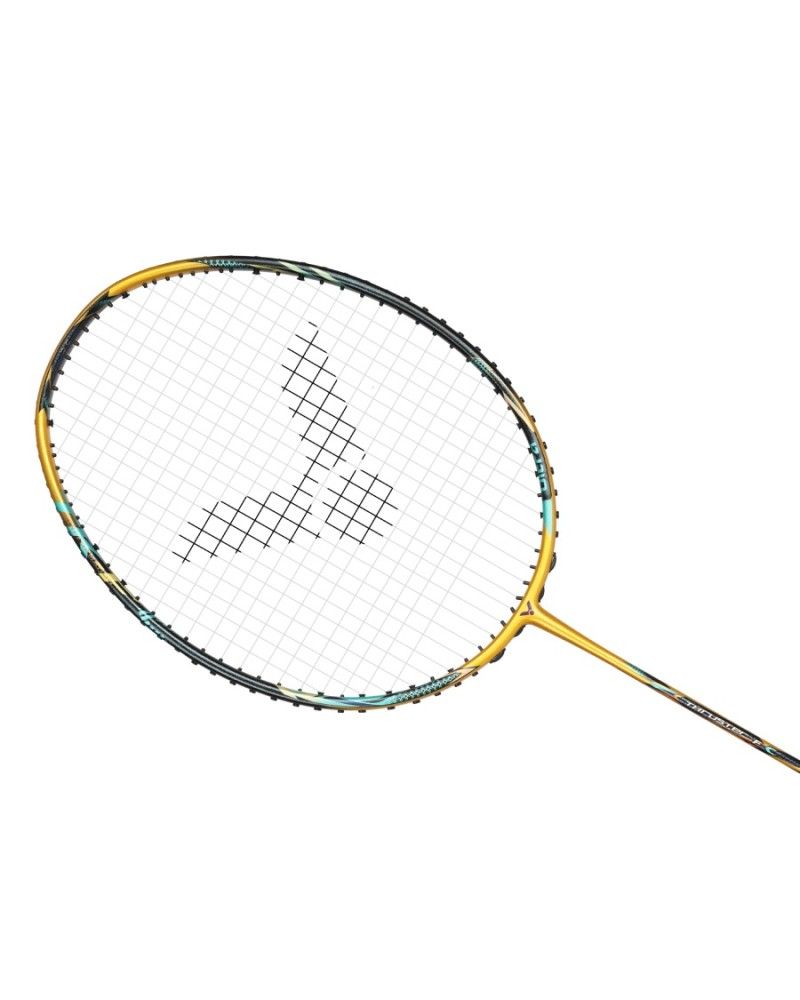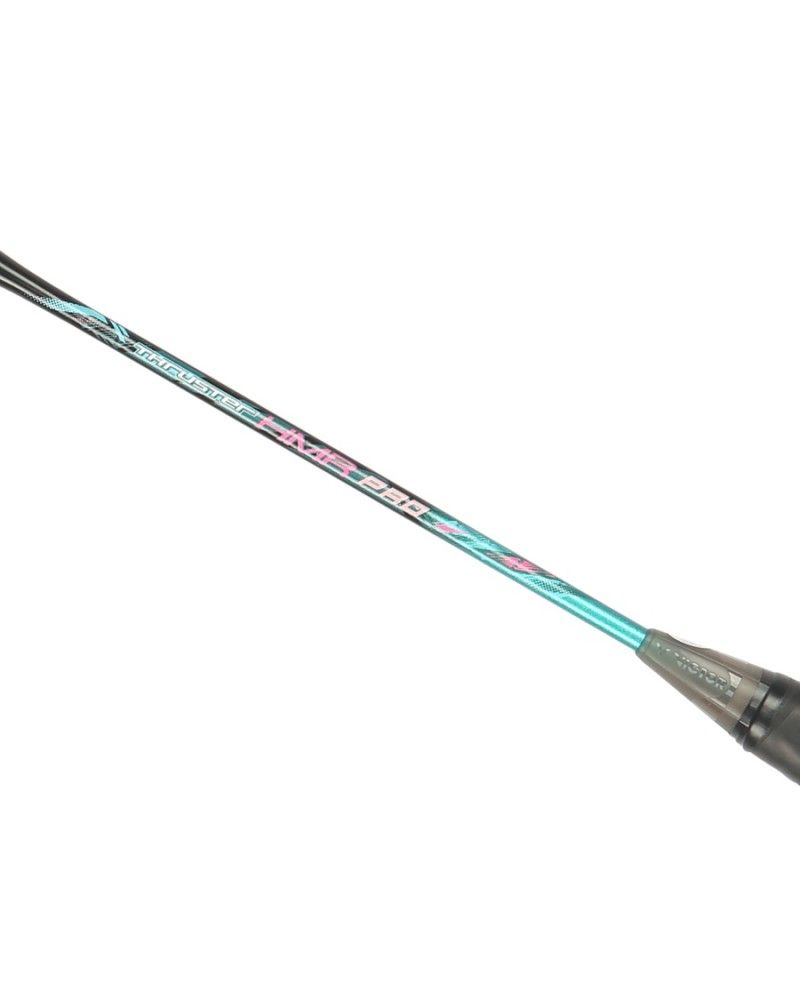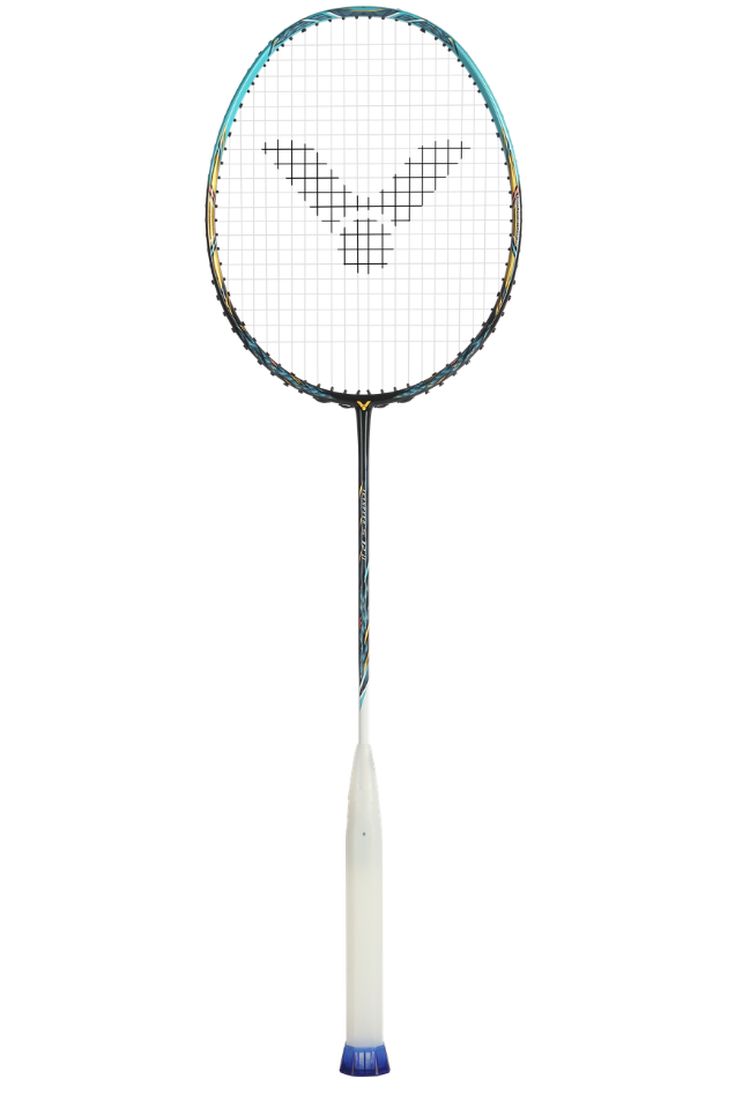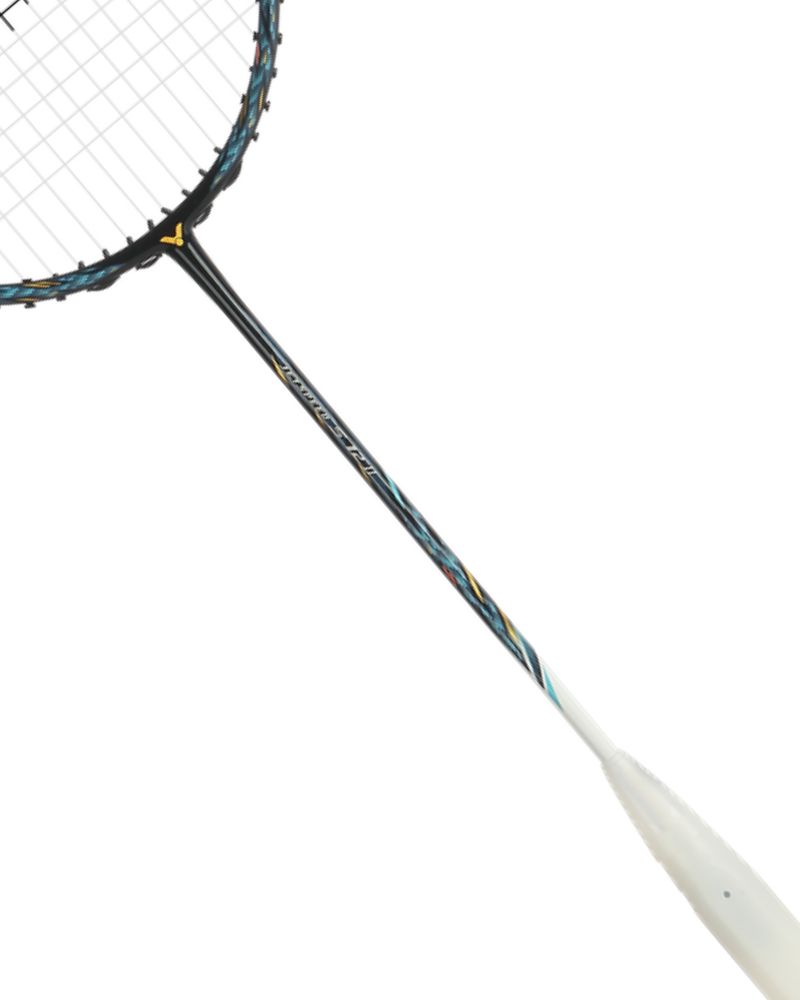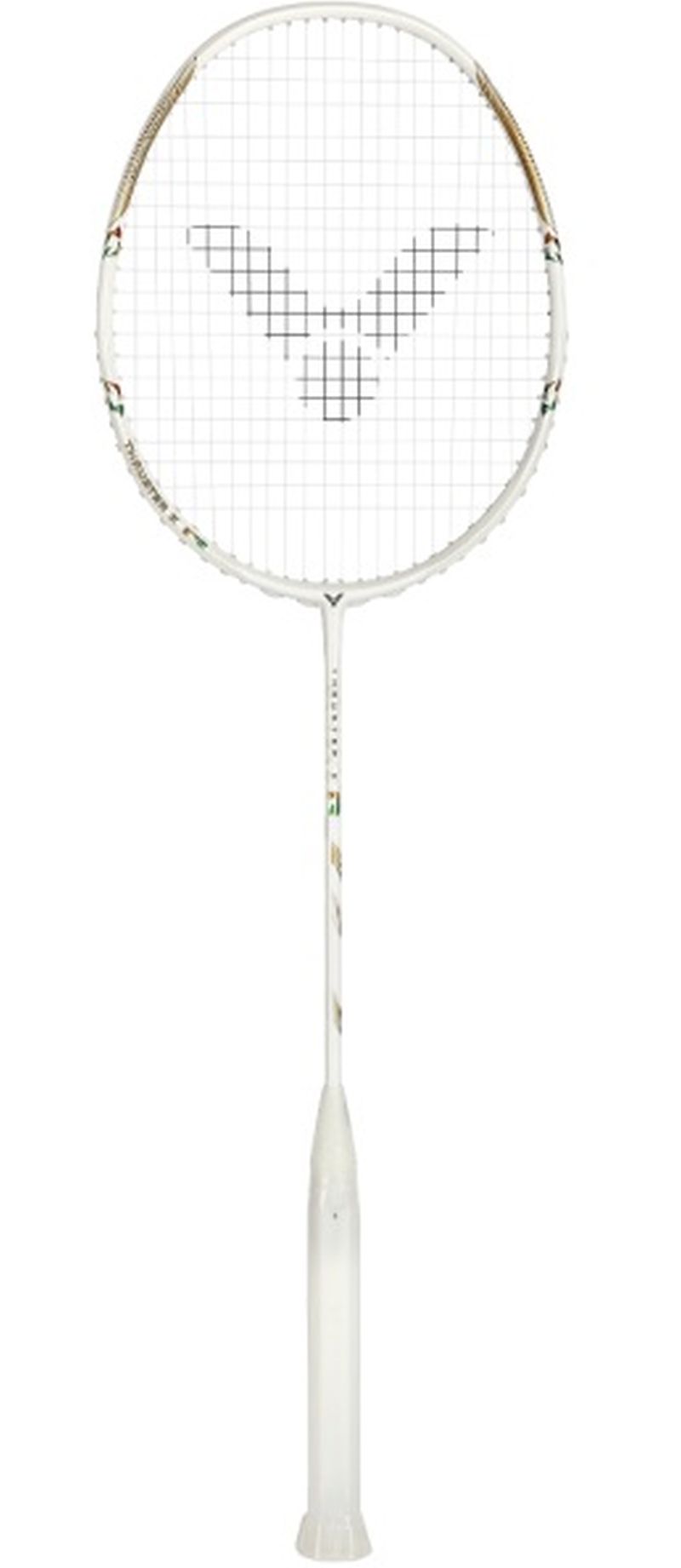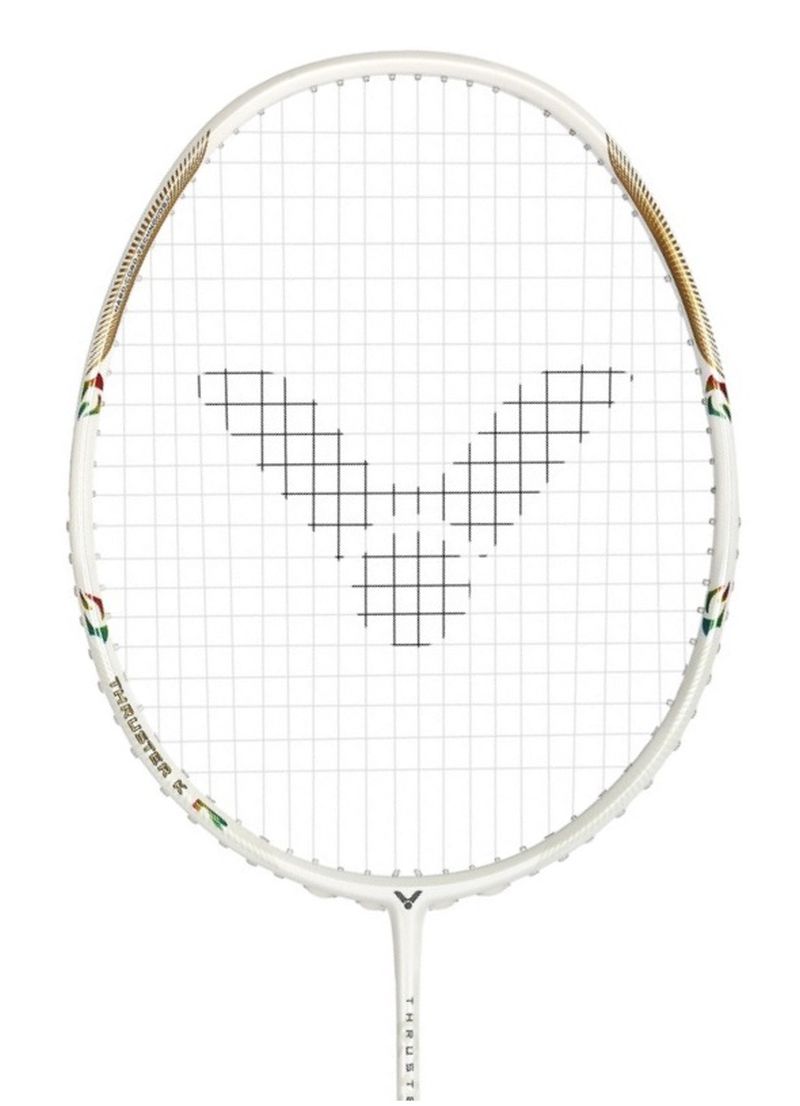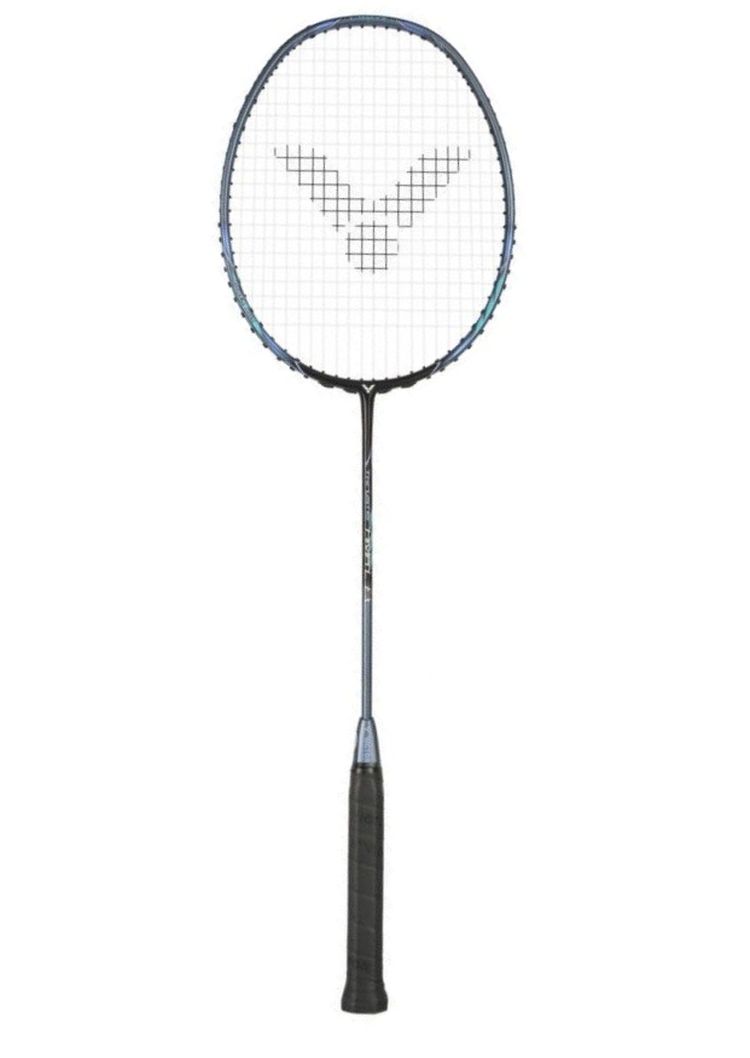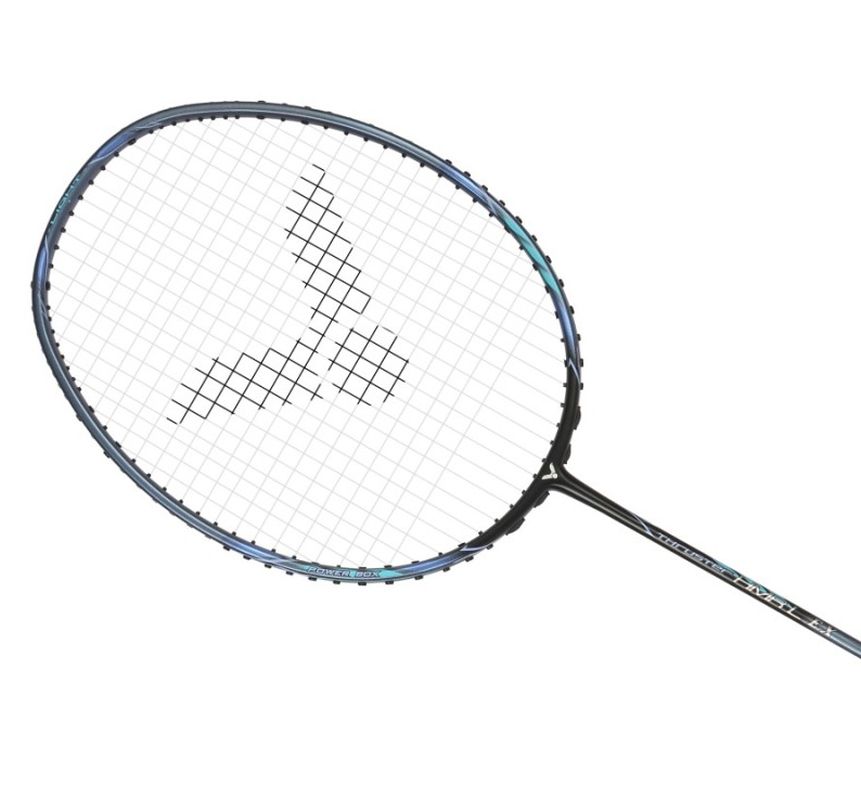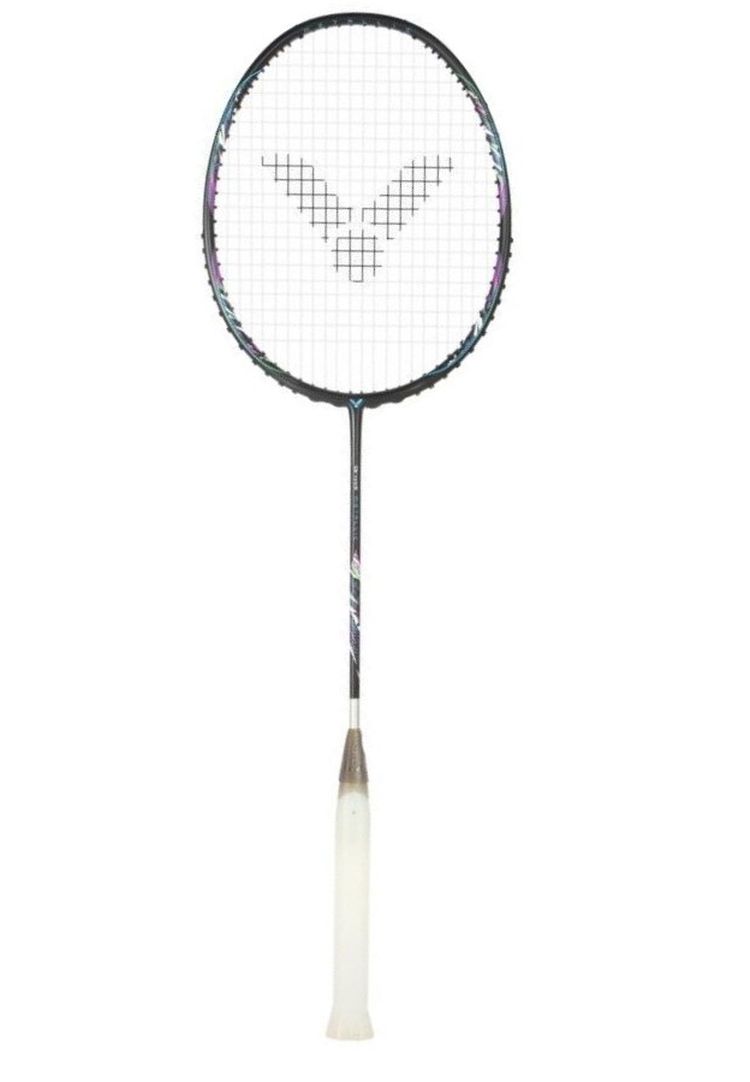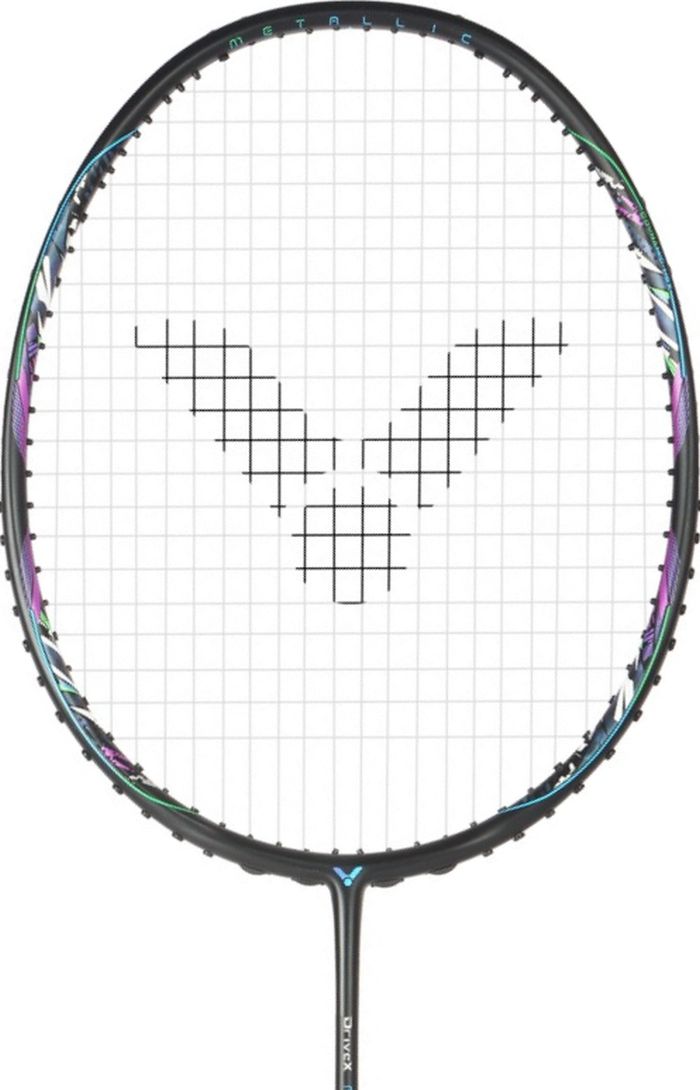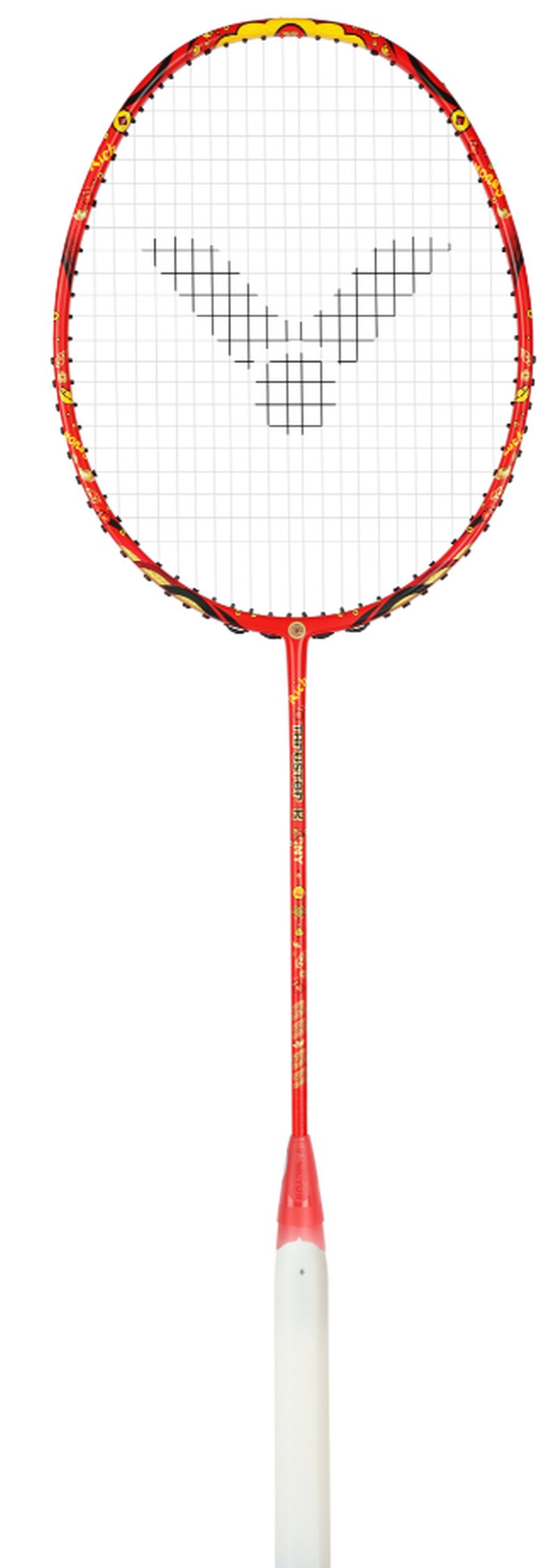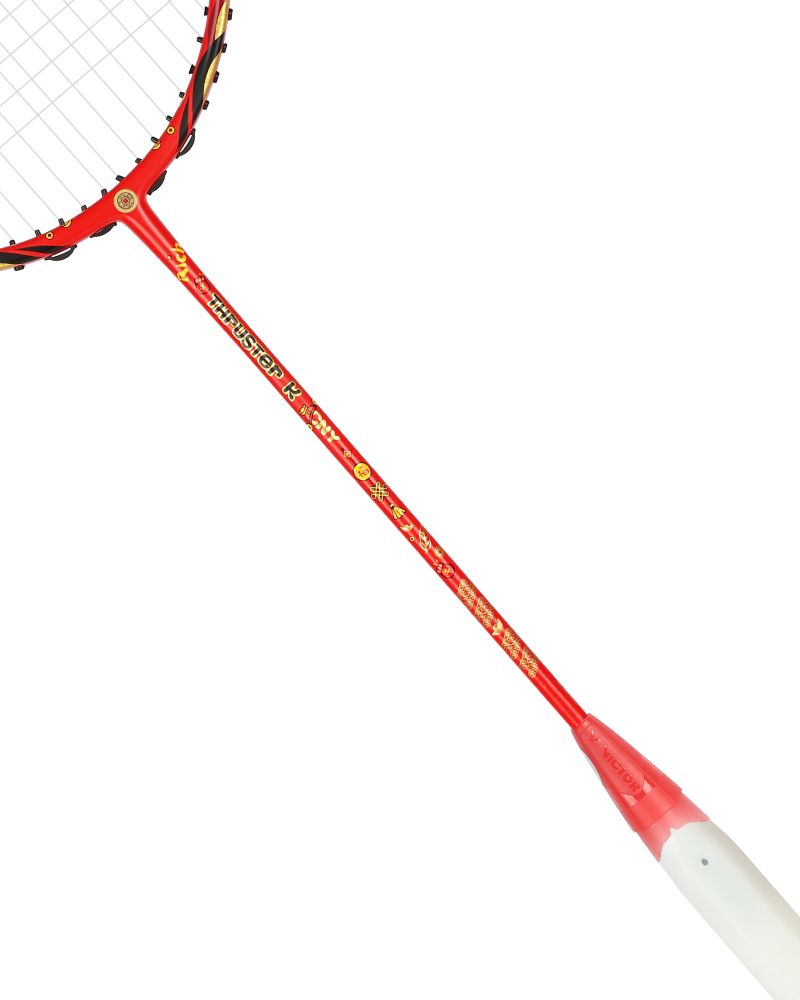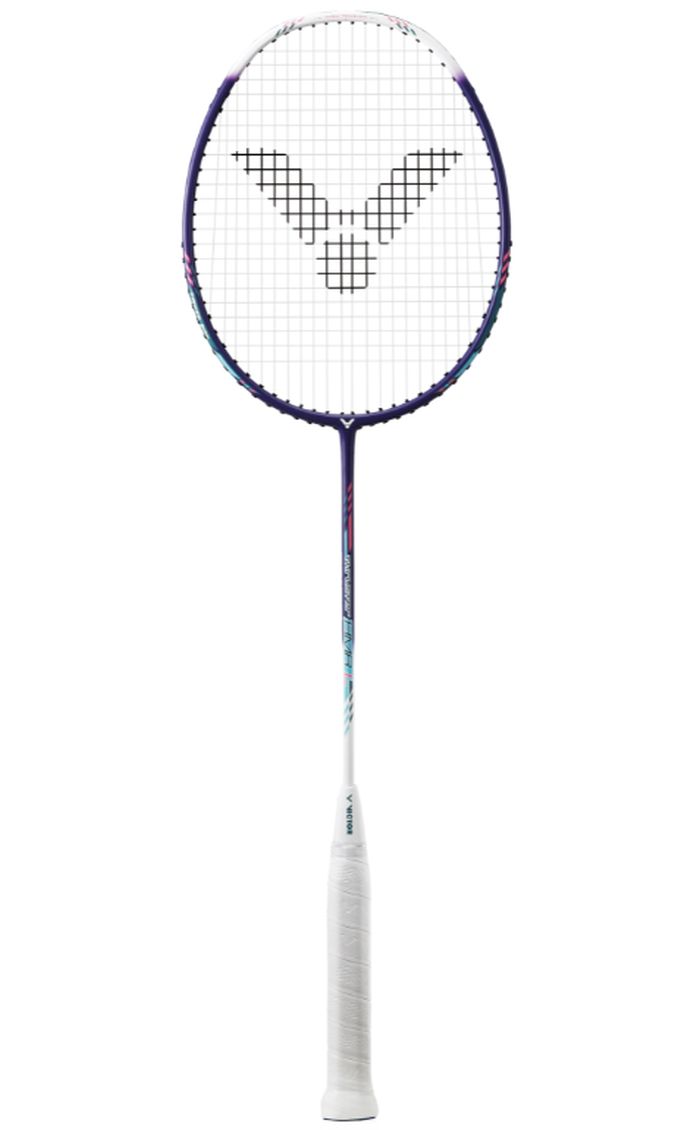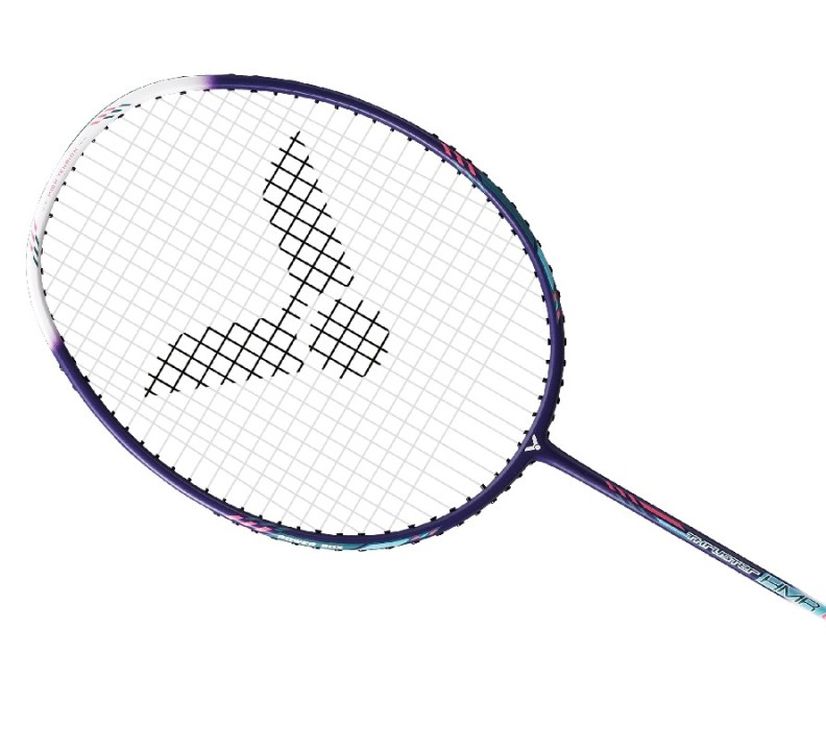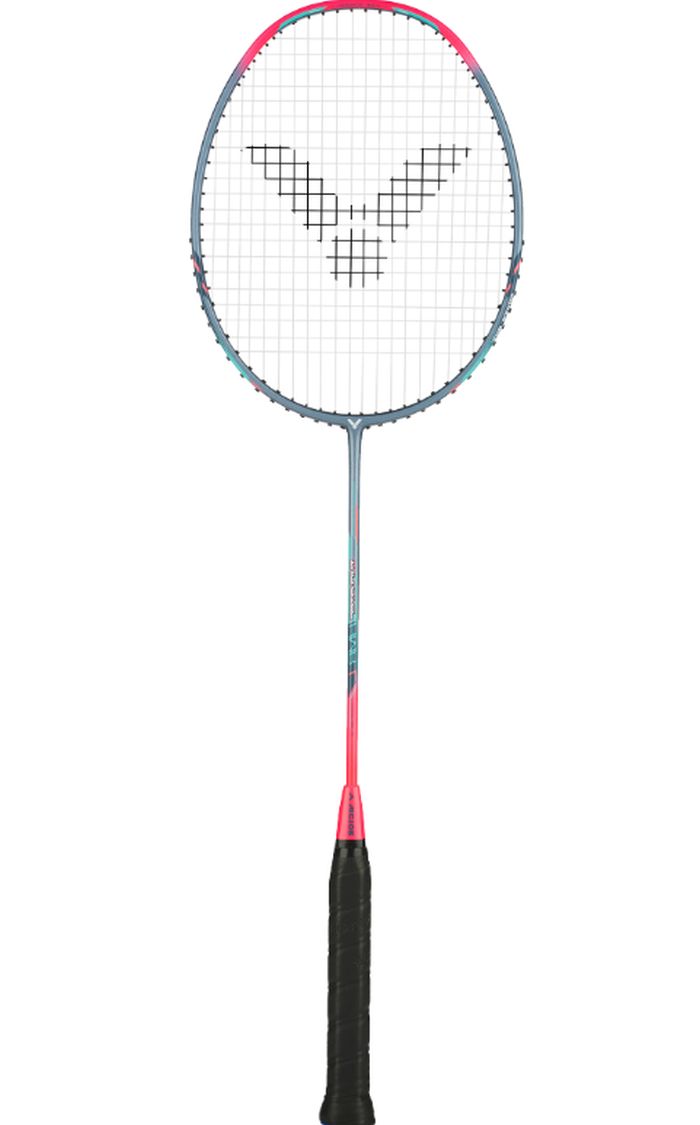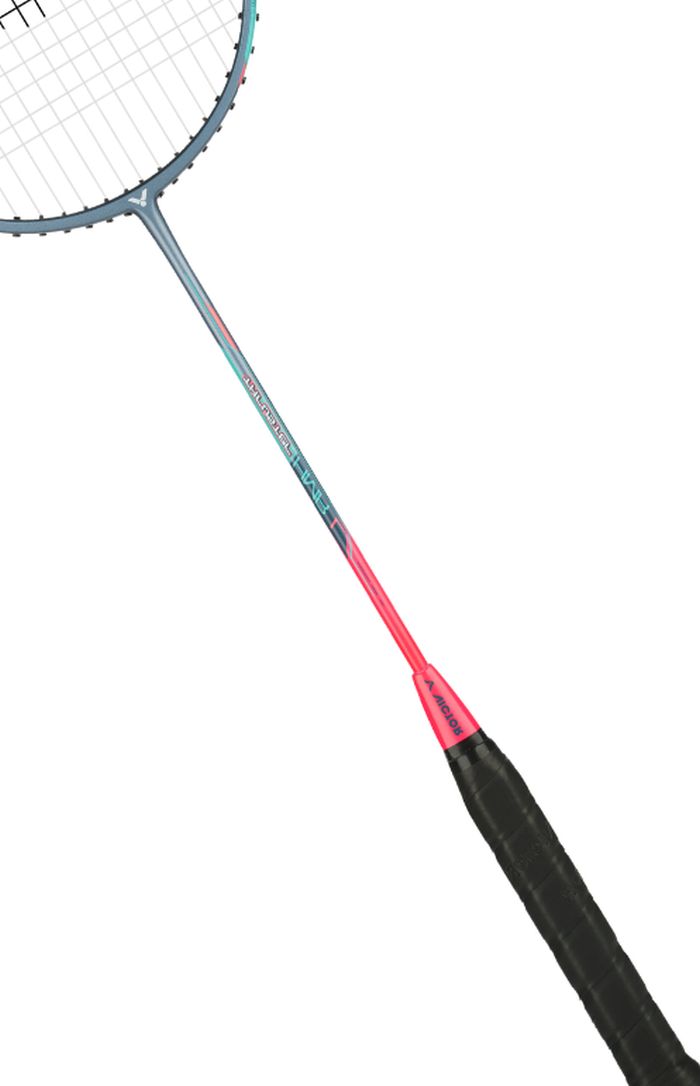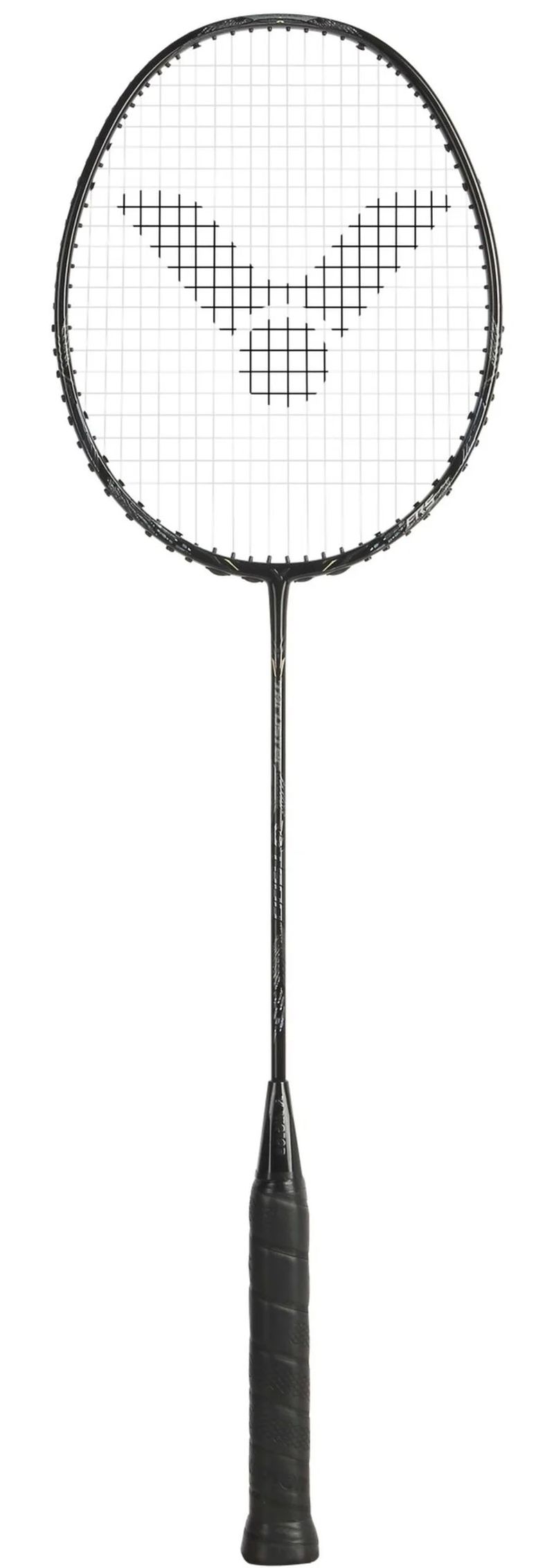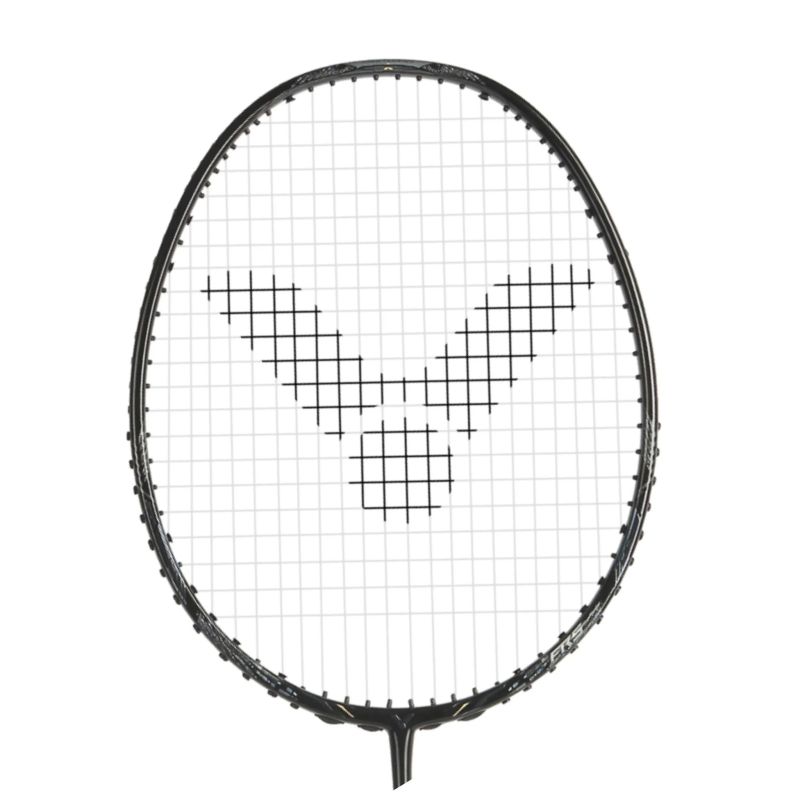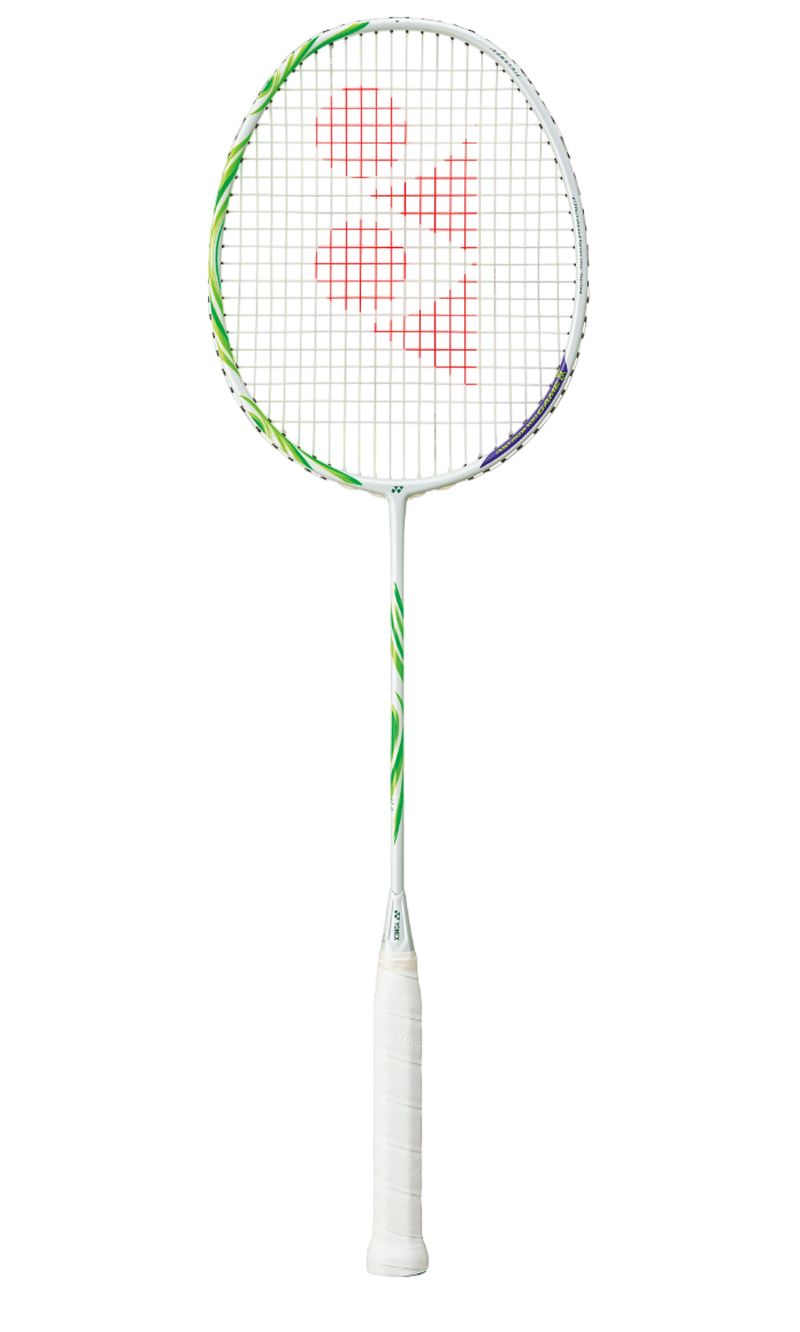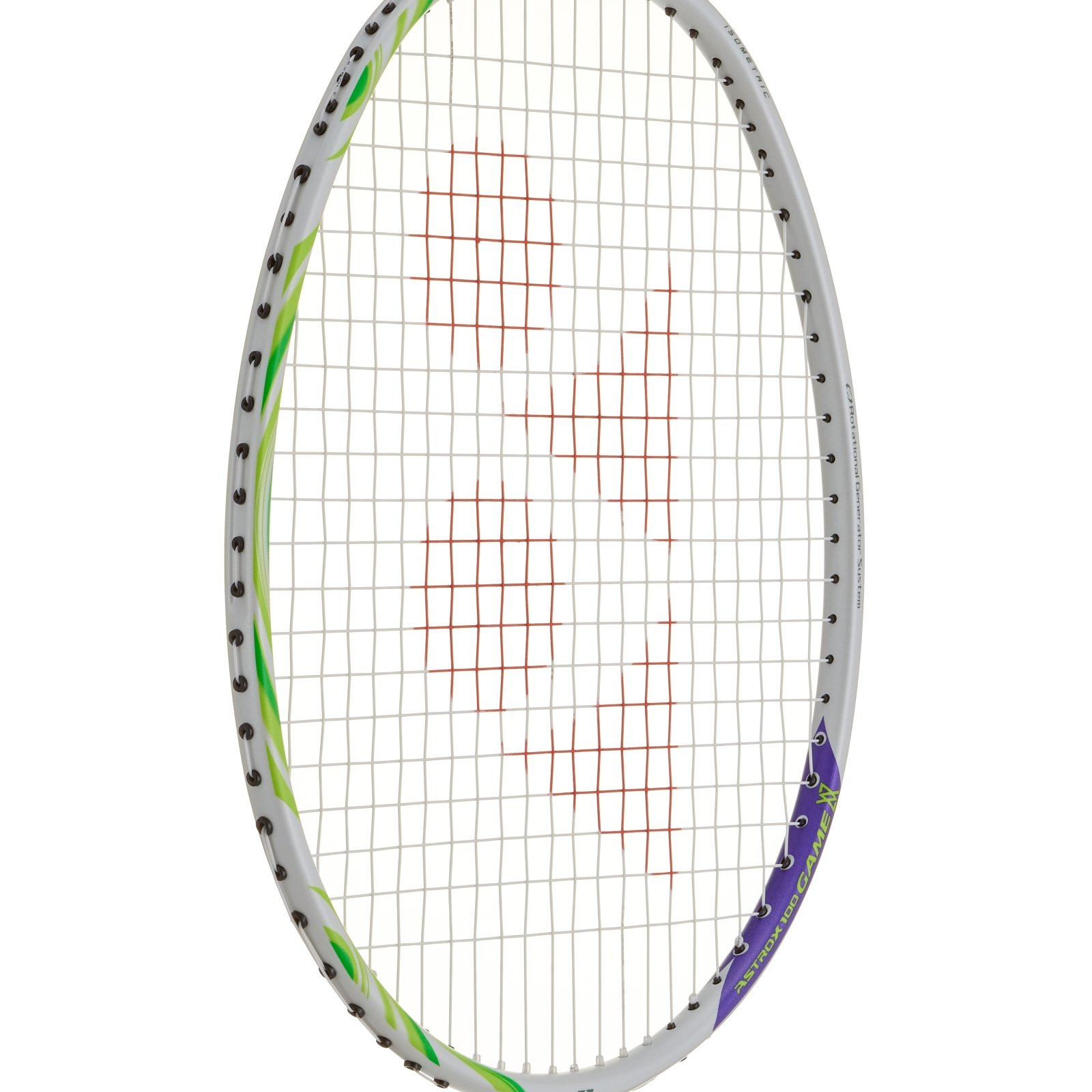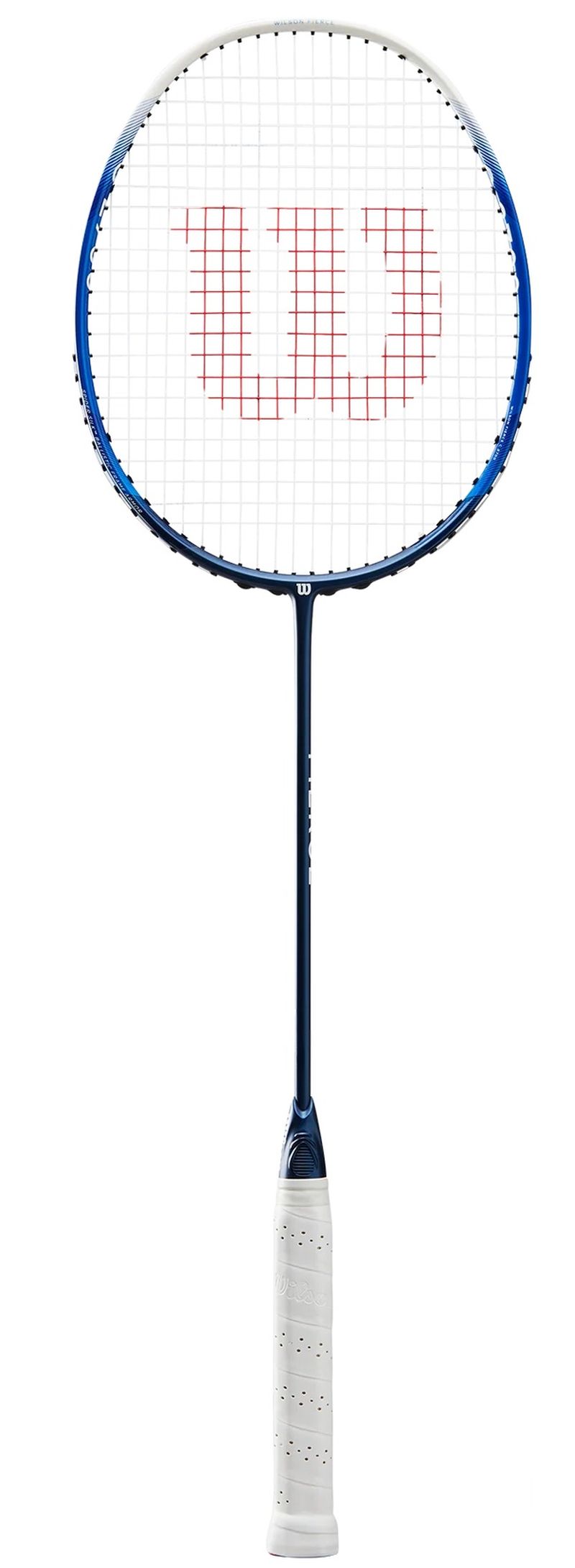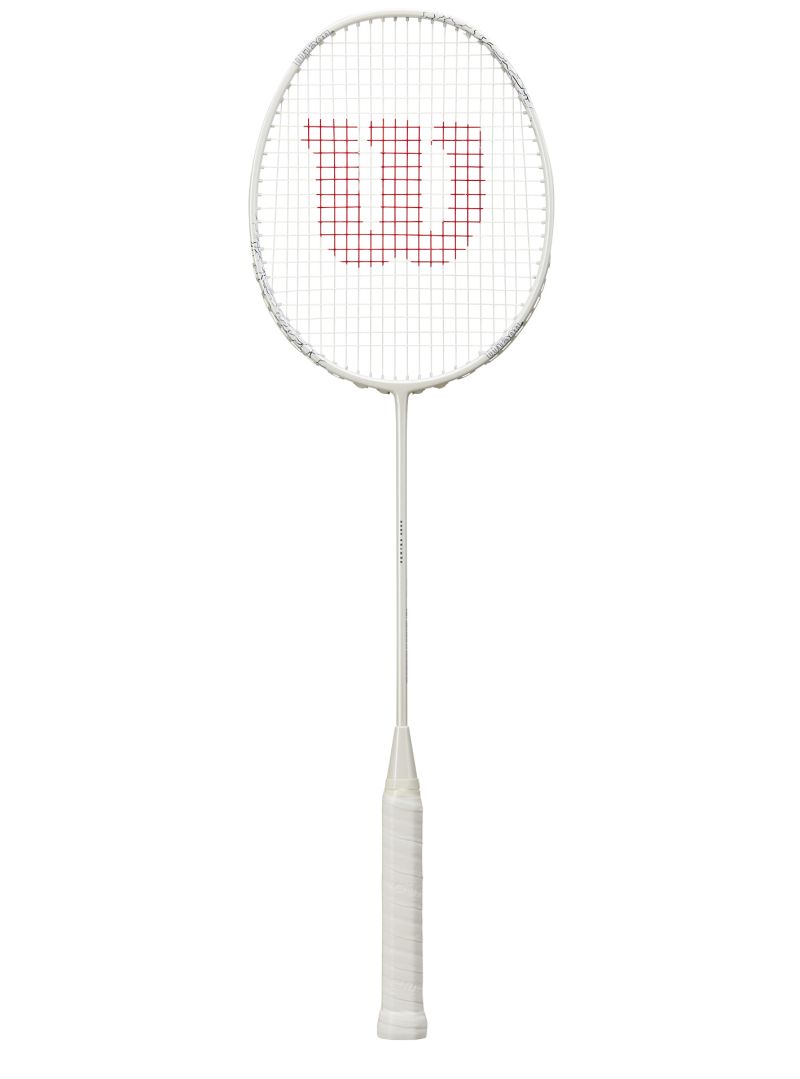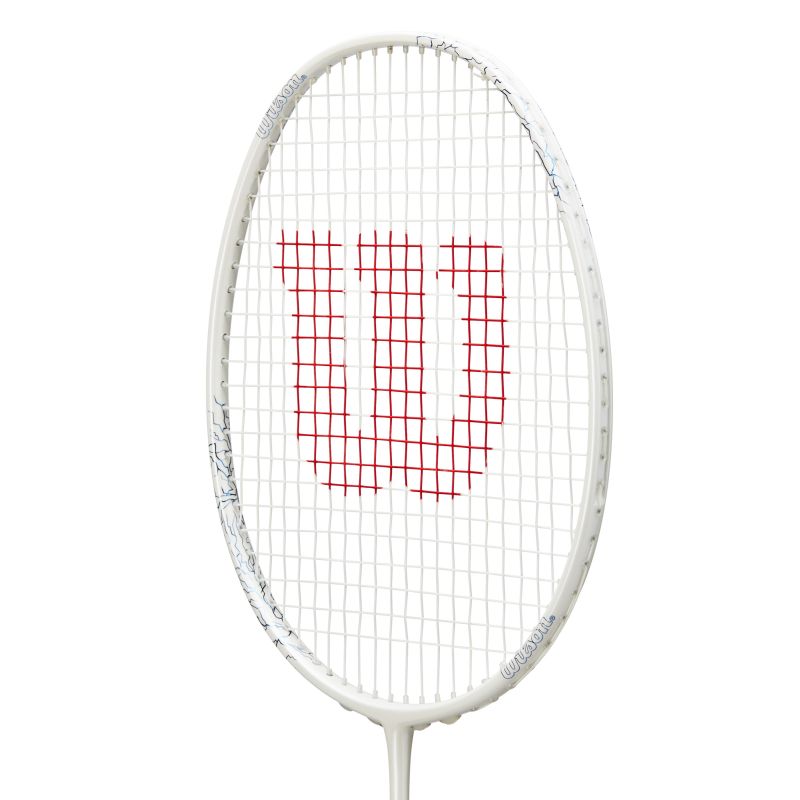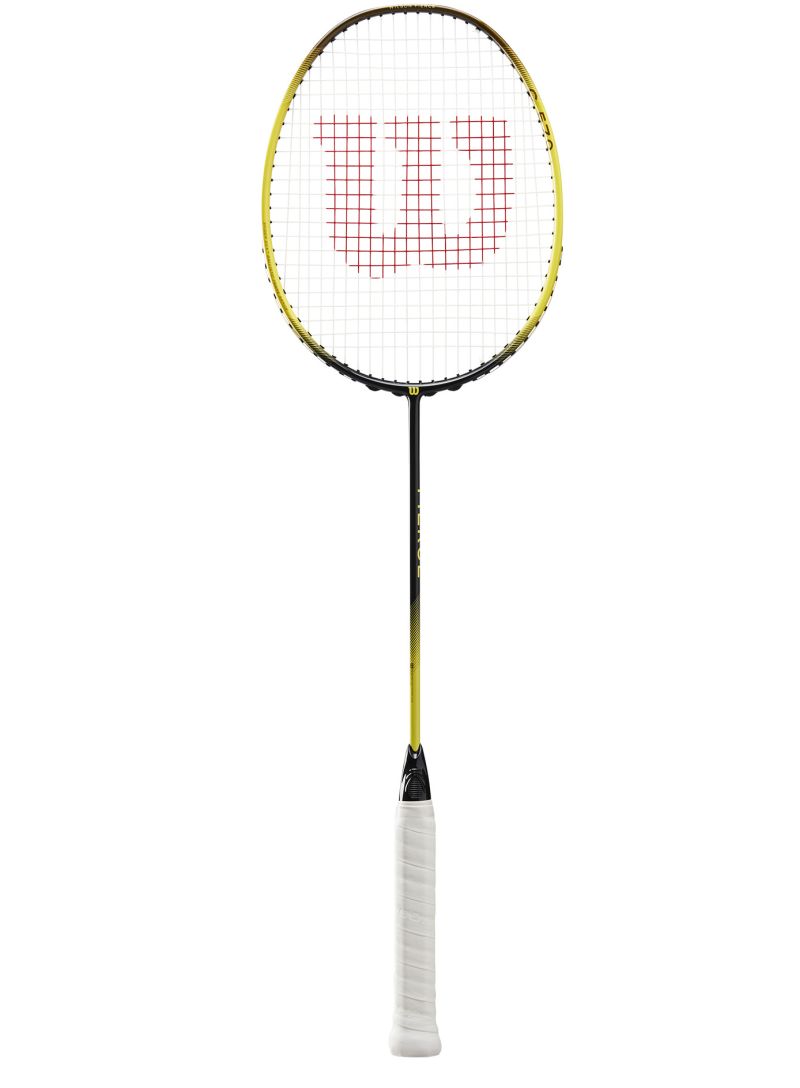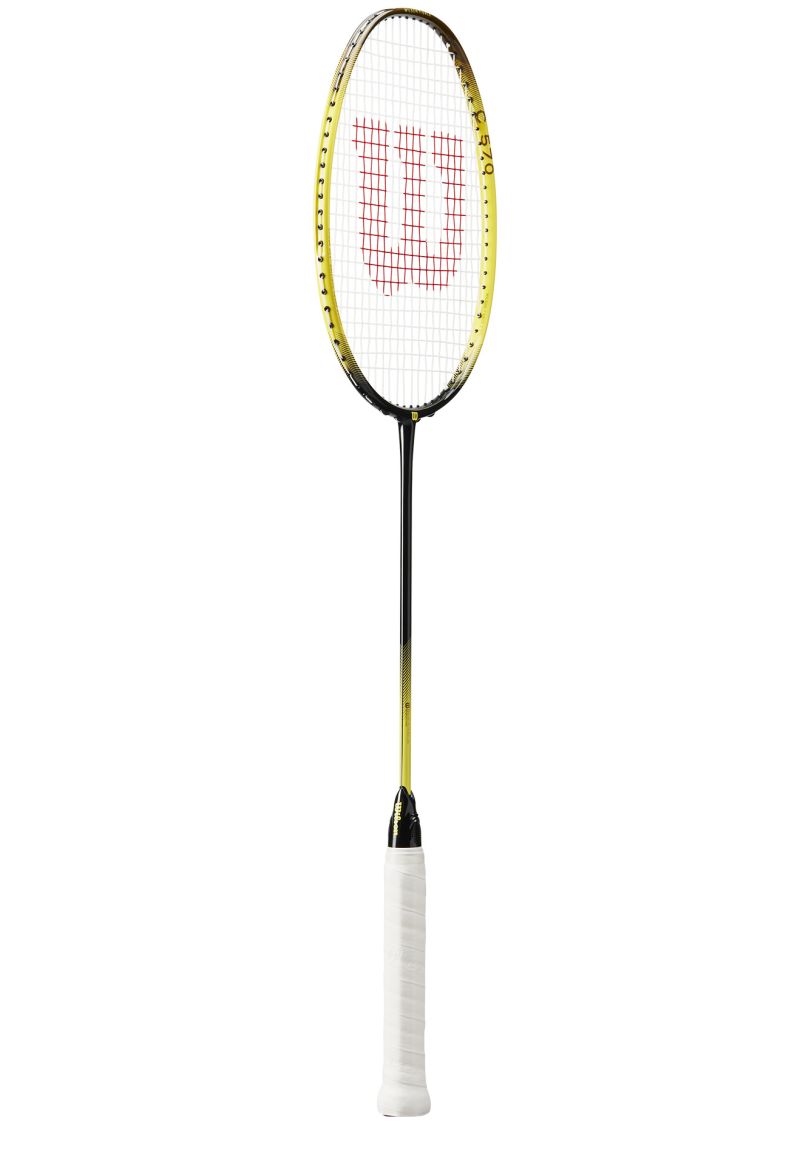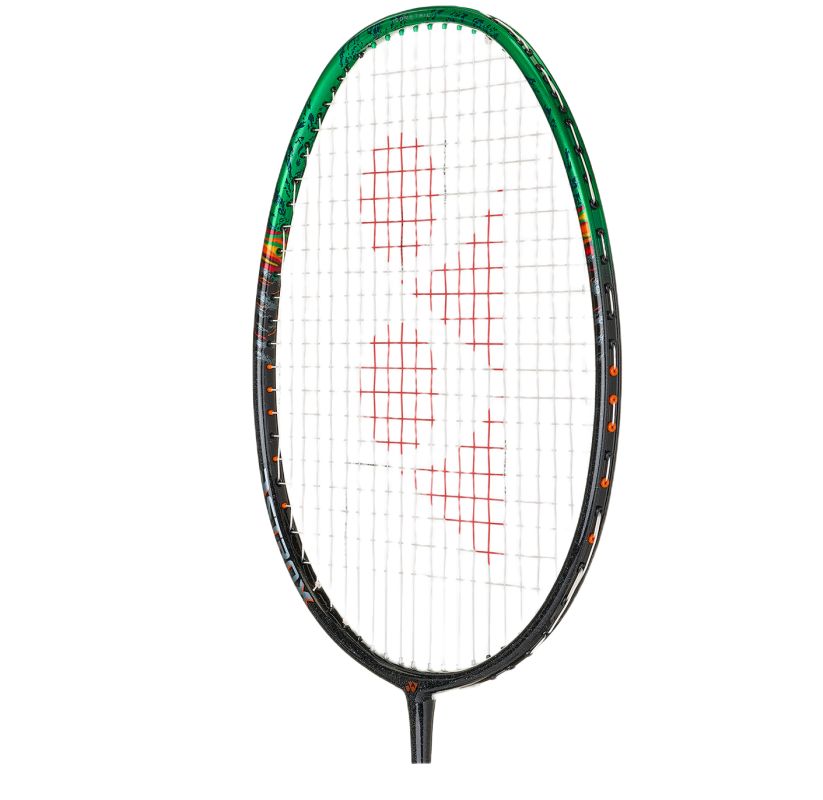Badminton rackets
Li-Ning Aeronaut 9000 Combat - red/blue
Victor Thruster F C Ultra X
Babolat Explorer II Strung - blue/orange
Yonex Astrox 100 Game - graish beige
Badminton Rackets – How to Choose the Right One
The right badminton racket can dramatically improve your game, whether you’re a complete beginner or an experienced player. A well-matched racket gives you better control, more precision, and a more comfortable playing experience.
This guide will walk you through the most important factors to consider so you can choose the ideal racket for your playing style and skill level.
Racket Weight – light, medium, or heavy?
The weight of your racket affects how fast you can react and how powerful your shots can be.
– Lightweight rackets (about 80–84 g) are perfect for beginners, children, or players who value quick movements and defensive play
– Medium-weight rackets (85–89 g) offer a balanced mix of control and power – great for intermediate or recreational players
– Heavy rackets (90 g and up) deliver more power and stability but require proper technique – best for experienced or competitive players
Racket Balance – head-heavy, handle-heavy, or even?
Balance refers to where the weight is concentrated and plays a major role in how the racket feels during play.
– Head-heavy rackets deliver more power in smashes – ideal for offensive players
– Head-light rackets are easier to maneuver – perfect for defensive strategies and beginners
– Even-balance rackets offer versatile performance for players with mixed styles
If you value fast reflexes and control, choose a racket with a handle-heavy or even balance. For maximum smash power, go head-heavy.
Shaft Flexibility – soft or stiff?
The stiffness of the racket shaft determines how much energy is transferred into each shot and how precise your control is.
– Flexible rackets are forgiving and help generate power even with less refined technique – great for beginners
– Medium-stiff rackets offer a balance between power and accuracy – suitable for intermediate players
– Stiff rackets provide excellent precision and speed, but require solid technique – ideal for advanced users
If you’re still developing your game, a more flexible racket will be easier to handle and improve your performance.
Materials – aluminum, graphite, or composite?
The material of the racket frame affects weight, durability, and vibration absorption.
– Aluminum rackets are affordable and durable, but heavier – a good choice for occasional players and children
– Graphite rackets are lighter, absorb vibrations well, and offer a more professional feel – ideal for frequent players
– Composite rackets combine materials and offer a good balance of performance and price
If you’re playing regularly or competitively, investing in a graphite racket is worth it.
Badminton Rackets for Kids – what to consider
Choosing the right racket for a child means making sure it’s light, short enough for their height, and easy to hold.
– Weight: ideally under 80 g
– Length: should match the child’s height and arm reach
– Grip: thinner handle for smaller hands
– Material: lightweight and flexible, such as graphite or composite
The right racket will make learning easier and more enjoyable for young players.
Grip and String Tension – customizable features
The grip size can be adjusted with overgrips or by choosing different handle sizes. A proper grip should leave about one finger’s width of space between the fingers and the base of the thumb.
String tension also matters. Beginners can stick with factory stringing, while advanced players may prefer tighter or looser strings depending on whether they want more control or more power.
Conclusion – choose the racket that fits your game
The best badminton racket for you isn’t the most expensive one – it’s the one that matches your skill level, playing frequency, and style.
– For beginners: lightweight, flexible rackets with handle-light balance
– For experienced players: stiffer rackets with head-heavy balance for power
– For kids: short, light rackets with slim grips

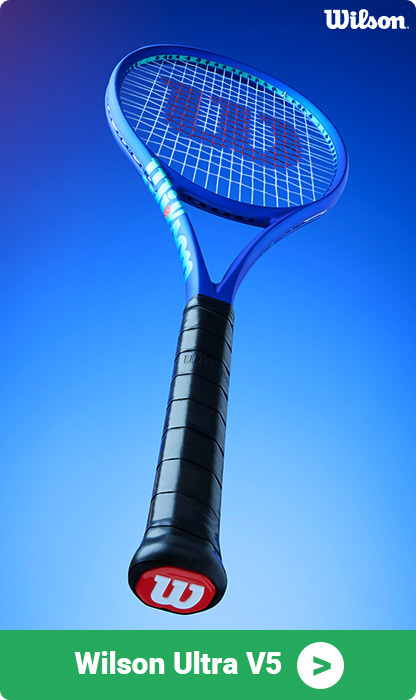

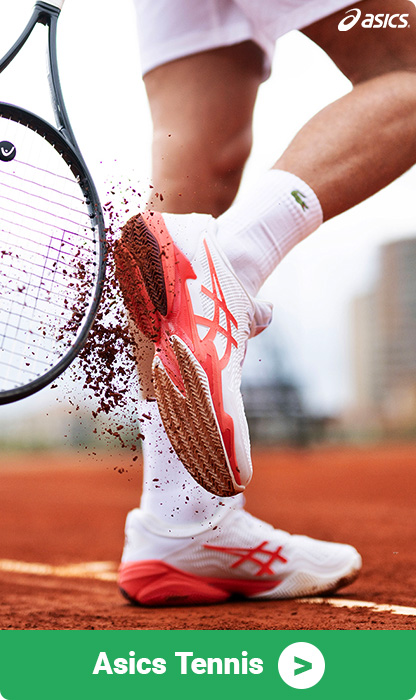
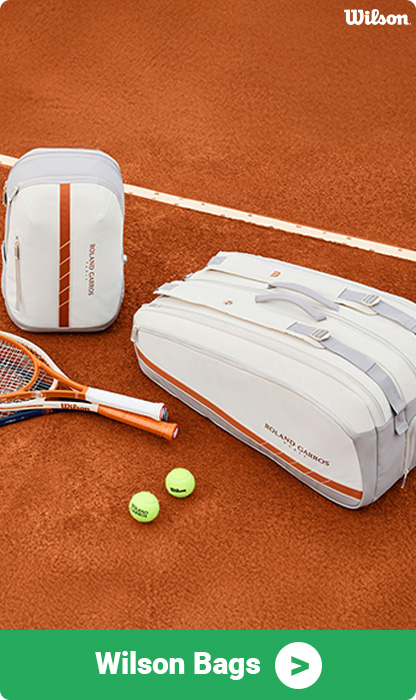
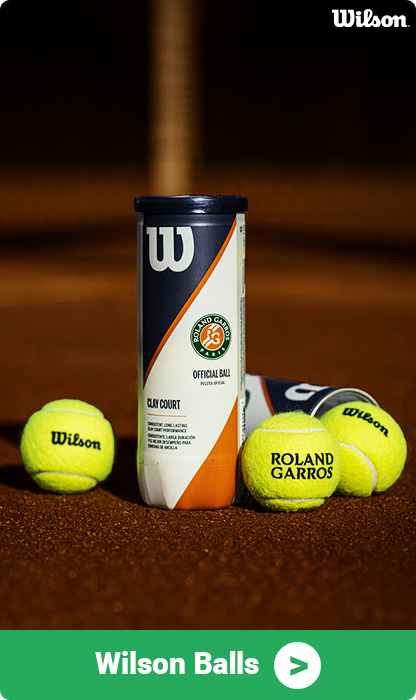
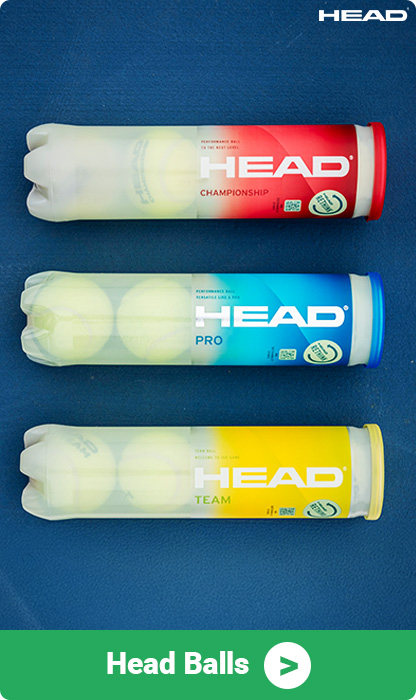
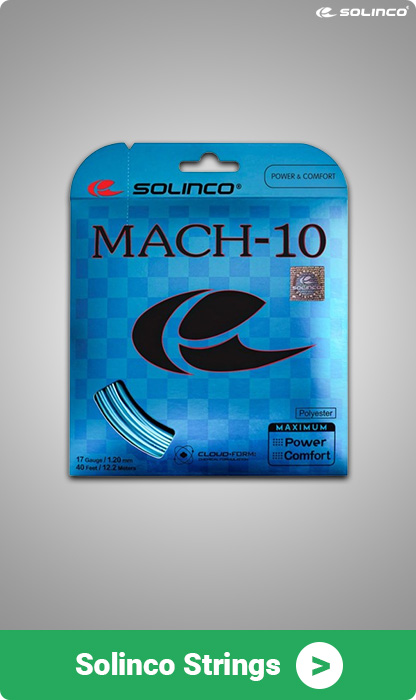
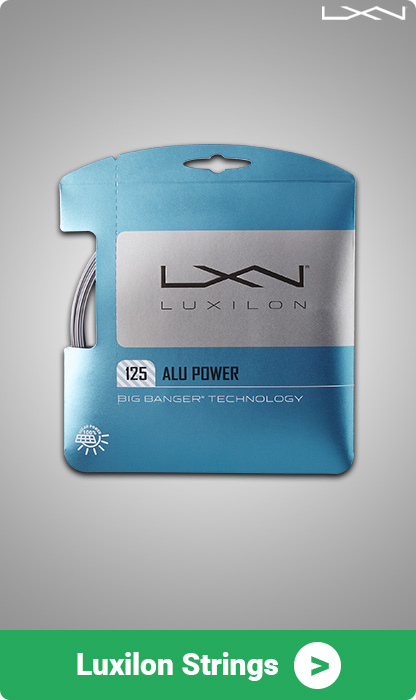
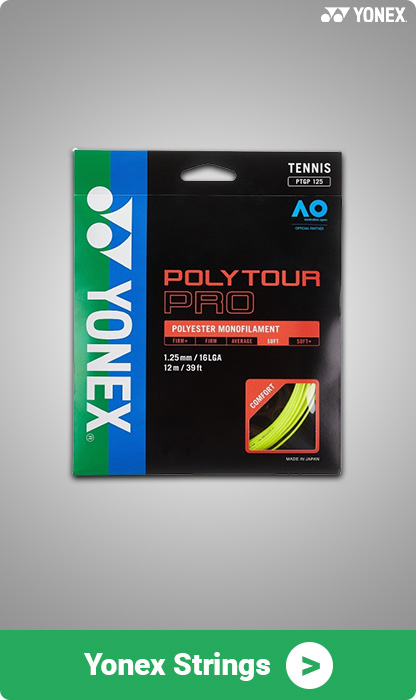
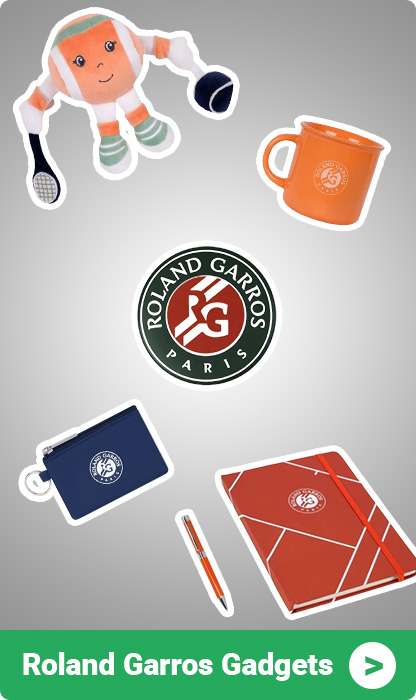












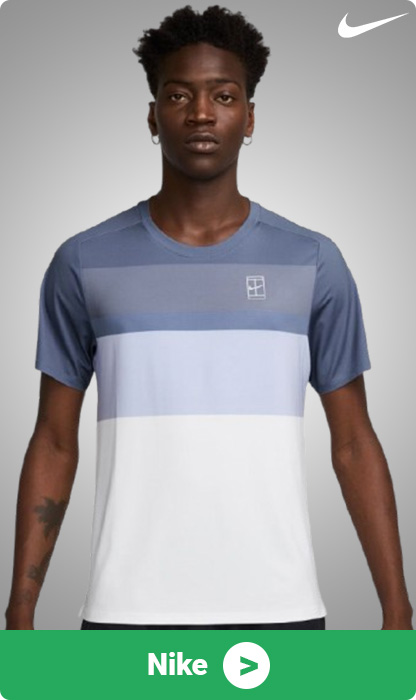

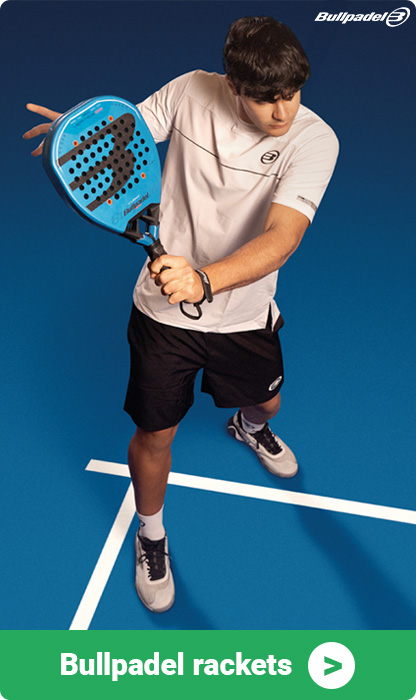
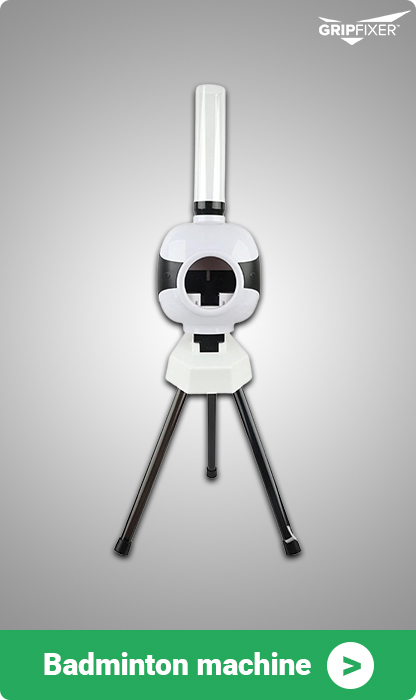

 tennis-zone.eu
tennis-zone.eu 